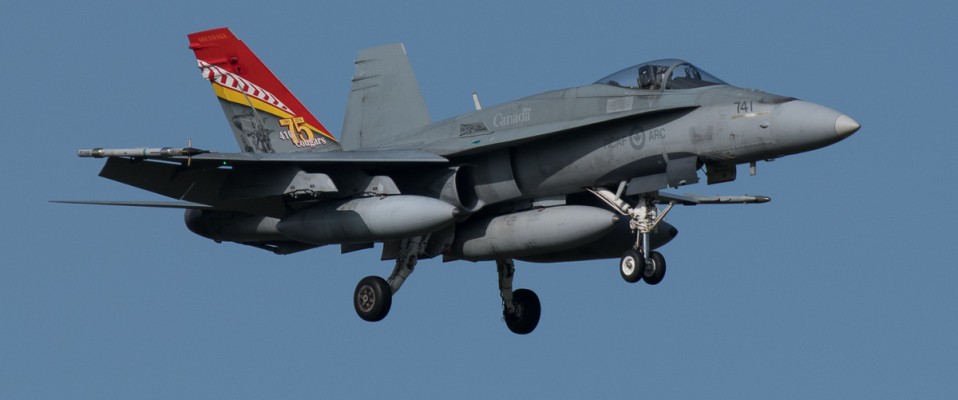Red Flag-Alaska 19-3
Report and photos by Peter van den Berg
September 24, 2019
Eielson Air Force Base, Alaska
Again, I visited Eielson AFB for this fiscal year’s final iteration of Red Flag Alaska. RF-A 19-3 took place from the 1st until the 16th of August, in which the Pacific Air Forces participated. Other participants next to the USA were the UK, Canada and Australia.
Capt. Loren Keisling, RF-A 19-3 team leader, mentions the two bases at which the participants are stationed. It comes as no surprise that both Eielson and Elmendorf Air Base serve as a home to the participants during the exercise. When asked about these participants he mentions over 1500 staff members and 100 aircraft from a total of 12 units involved.
The following participants were stationed at Eielson AFB:
- 18 AGRS F-16 C/D EIELSON AFB
- 168 ARS KC-135R EIELSON AFB
- VAQ 133 EA-18G NAS WHIDBEY ISLAND
- VAQ 138 EA-18G NAS WHIDBEY ISLAND
- 319 SOS U-28A HURLBURT FIELD
- 67 FS F-15C KADENA AIR BASE
- 36 FS F-16 C/D OSAN AIR BASE
- 13 FS F-16 C/D MISAWA AIR BASE
- 14 FS F-16 C/D MISAWA AIR BASE
- 433 SQN CF-18A/B BAGOTVILLE / CANADA
- 410 SQN CF-18A COLD LAKE / CANADA
Main goal of the exercise is to enable all parties involved to exchange tactics, techniques and procedures while also providing the opportunity to improve on collaboration with joint and combined forces.
The Indo-Pacific theatre makes for a one-of-a-kind show compared to the other eight major Air Force commands, also providing a number of interesting challenges. Its most evident is the water-to-land ratio. The vast majority of water does not pose much of a challenge, it is the land area consisting of small islands that makes finding a suitable location to perform support tasks a unique aspect.
Performing maintenance operations in the field is a demanding job to which the U.S. Pacific Air Force’s solution is the Agile Combat Employment concept. ACE was tested during RF-A 19-3.
Project Officer and Master Sgt. Edmund Nicholson of the 67th Aircraft Maintenance Unit explains: “The ACE concept is basically having a jet land [at a remote location], then a team of maintainers re-arms and refuels the jet and sends it back into the fight as quickly as possible”
Through ACE, maintenance airmen are able to support continuous operations from remote environments with minimal resources. This enabled airpower being dispatched to anywhere in the Pacific. RF-A 19-3 served as the first iteration where the concept of agile combat deployment scenarios was carried out. This involved the aforementioned landing in an otherwise unsuitable area with a maintenance team ready to refuel and rearm the aircraft without typical air base infrastructure.
Fort Greely in Alaska served as a test-bed for the concept as F-15 Eagles paid it a visit at which four maintenance airmen awaited their arrival. “This was a test to see if units could operate out of an austere location where you don’t have your typical infrastructure like fuel trucks, maintenance and logistics,” said Capt. Loren Keisling, 353rd Combat Training Squadron team lead for RF-A 19-3.
In less than an hour the crew of four turned the aircraft around to launch the F-15 back into the fight. The scenario was a ‘’resounding success and proved an invaluable learning tool for this team’’, mentioned Nicholson.
Mission yield
Col. Benjamin Bishop, commander of the 354th Fighter Wing, sheds his light on the exercise. “Red Flag-Alaska is our National Defense Strategy in action”. The aspect of combining forces is highlighted: “Being able to exercise capabilities like agile combat employment in a deliberately challenging exercise environment enables our team to build a more lethal force with joint and international partners.”
The airspace | Joint Pacific Alaska Range Complex
There is over 67,000 square miles of airspace readily available to the airmen, soldiers, sailors and marines participating in RF-A 19-3. The area, roughly the size of the state of Florida, provides an opportunity to train virtually interrupted and unrestricted. Only a small detachment of personnel manages the operations in the JPARC, doing so out of Eielson AFB.
“We manage the entire range in Alaska”, mentions Christopher Dawkins, 354th Operations Group, Detachment 4 range engineer. “Our goal is to make sure units get the most out of their experience as possible. Part of allowing that to happen is making sure everyone is safe and accounted for whenever they are on the range.”
Due to its unique characteristics, JPARC will remain a one-of-a-kind resource for the Department of Defense. The detachment’s top priority is to continue modernization. In the meantime Eielson will see establishment of the F-35 through two squadrons to be stationed there. This is bound to happen in 2019, making Eielson the first cold weather installation in the DOD to get the F-35.
As of now it is expected that the next edition of Red Flag Alaska will be held in the spring of 2020.
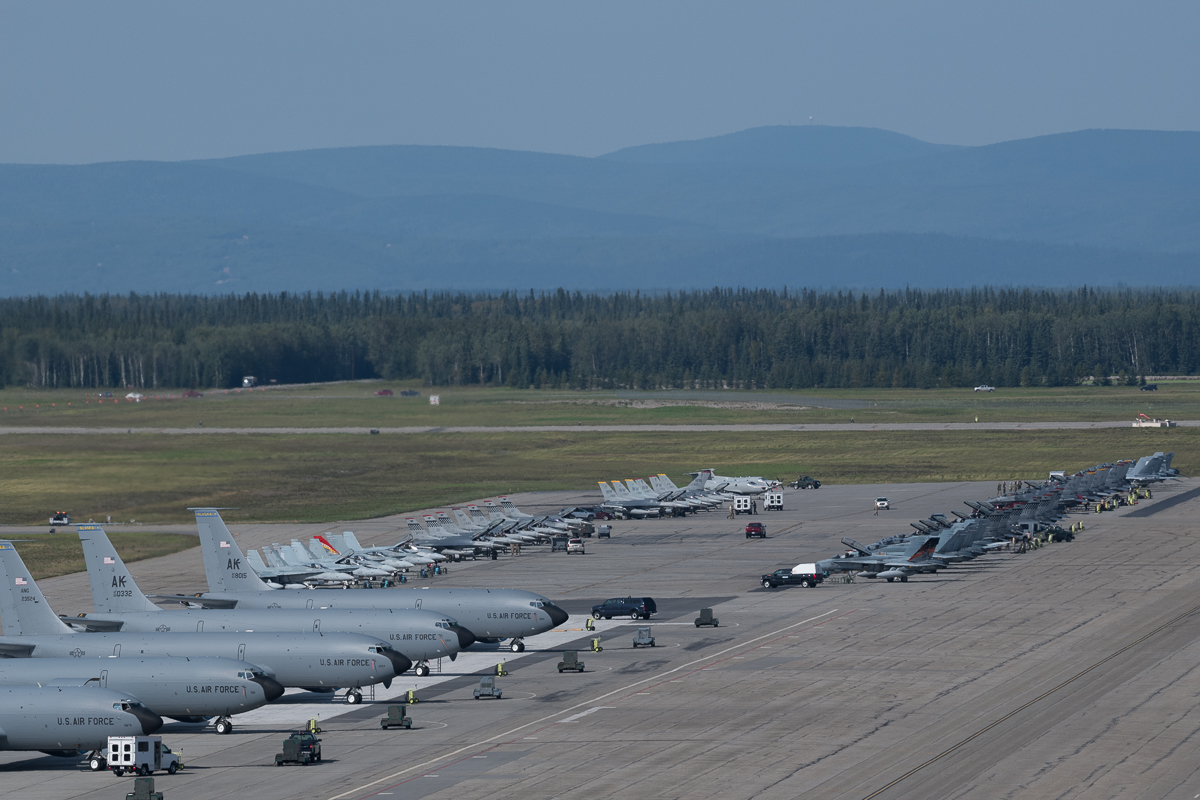
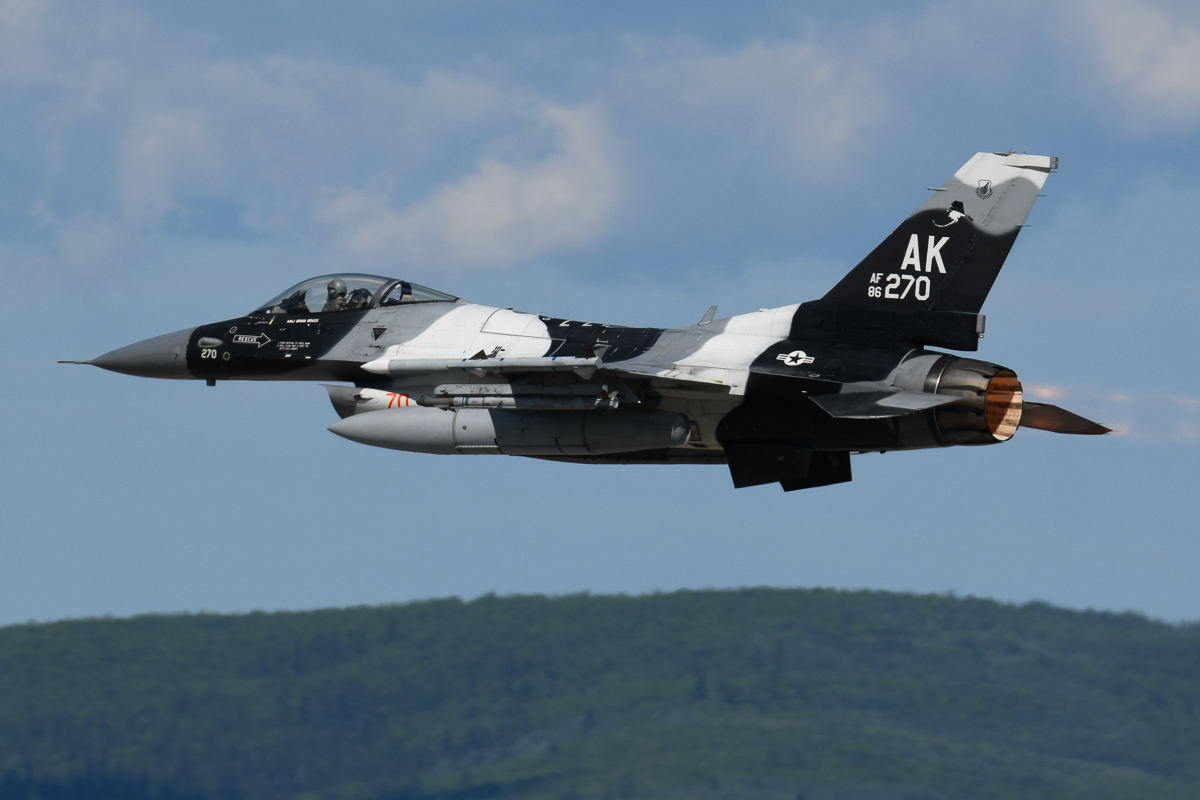
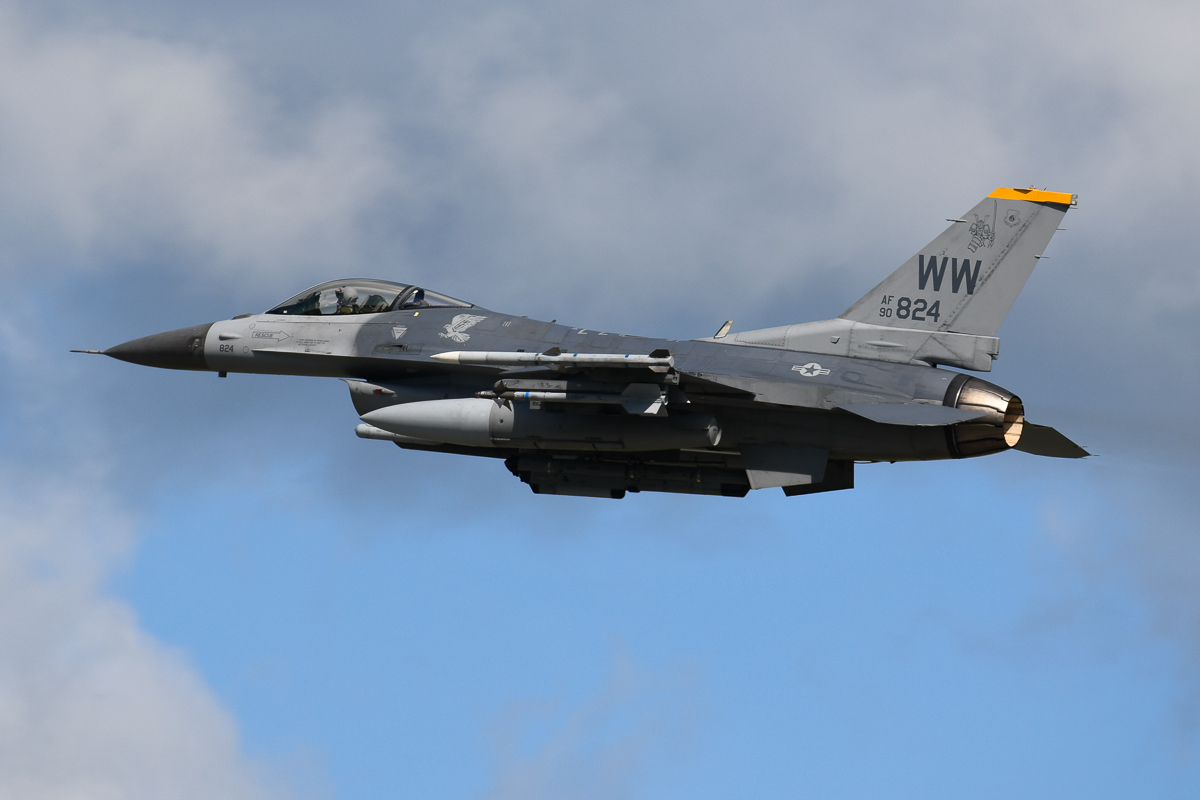
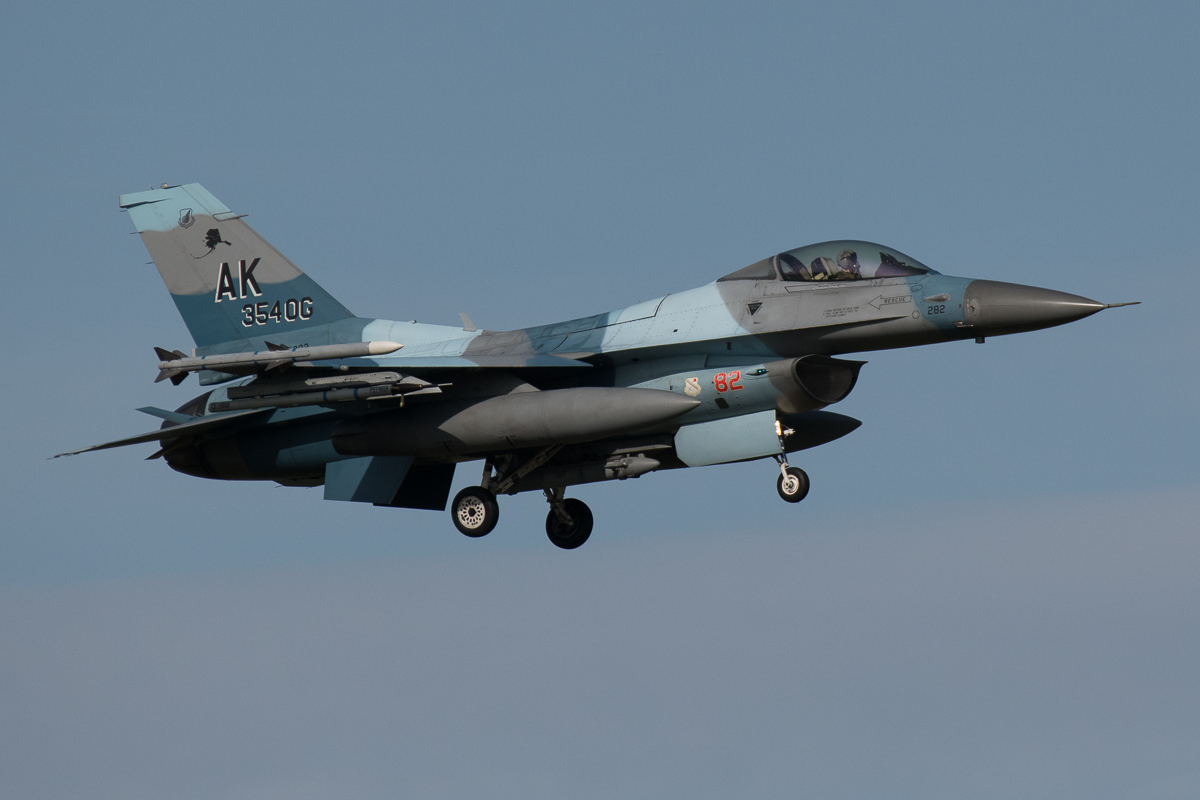
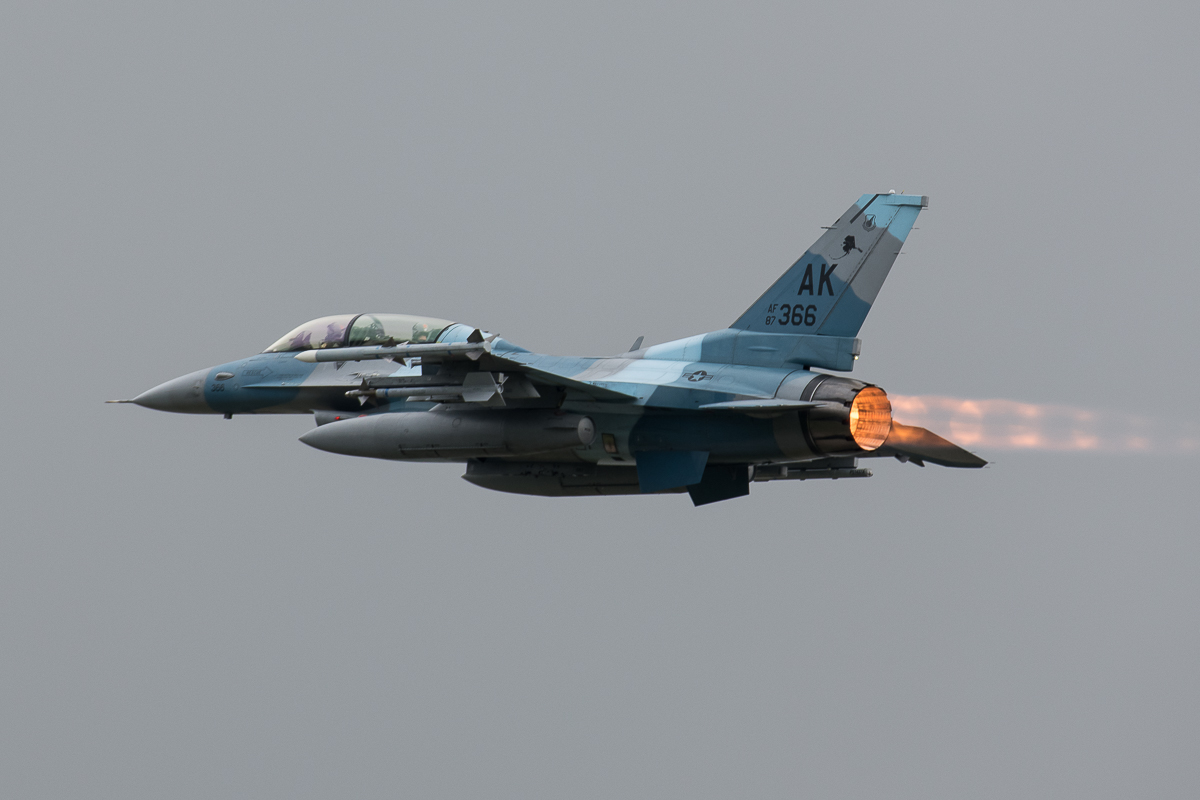
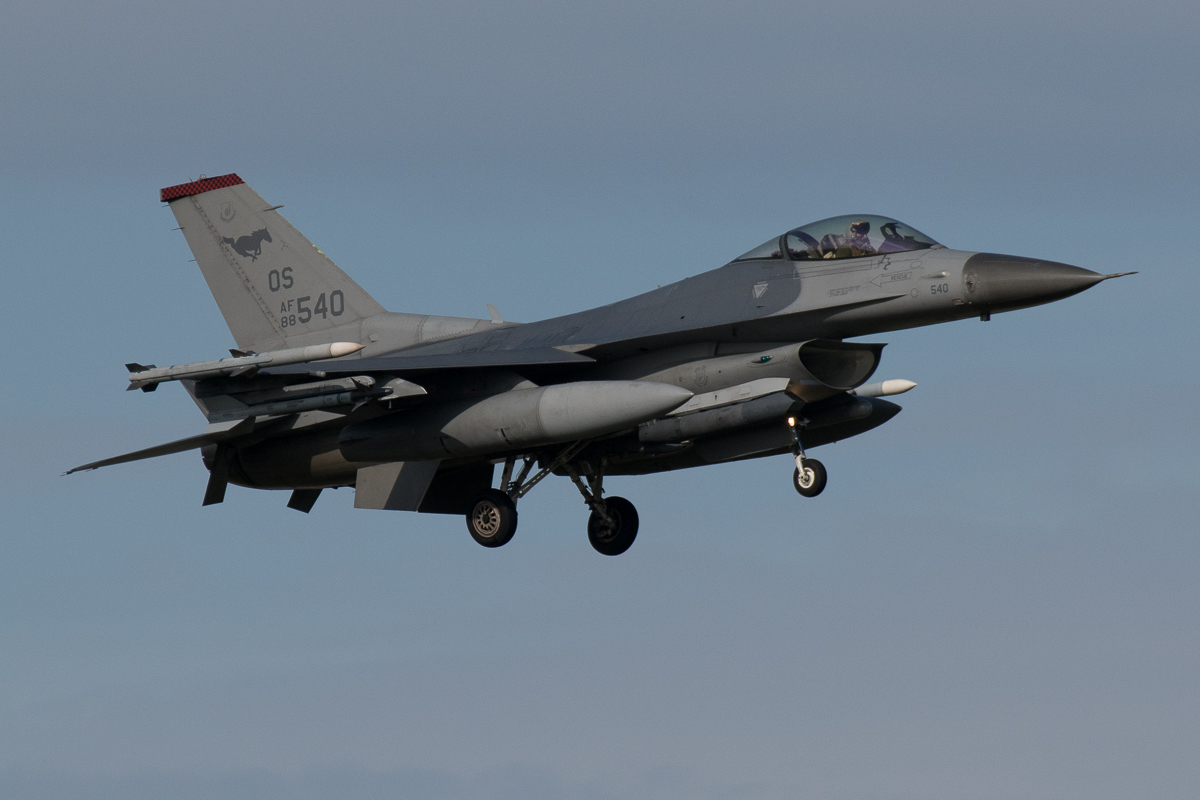
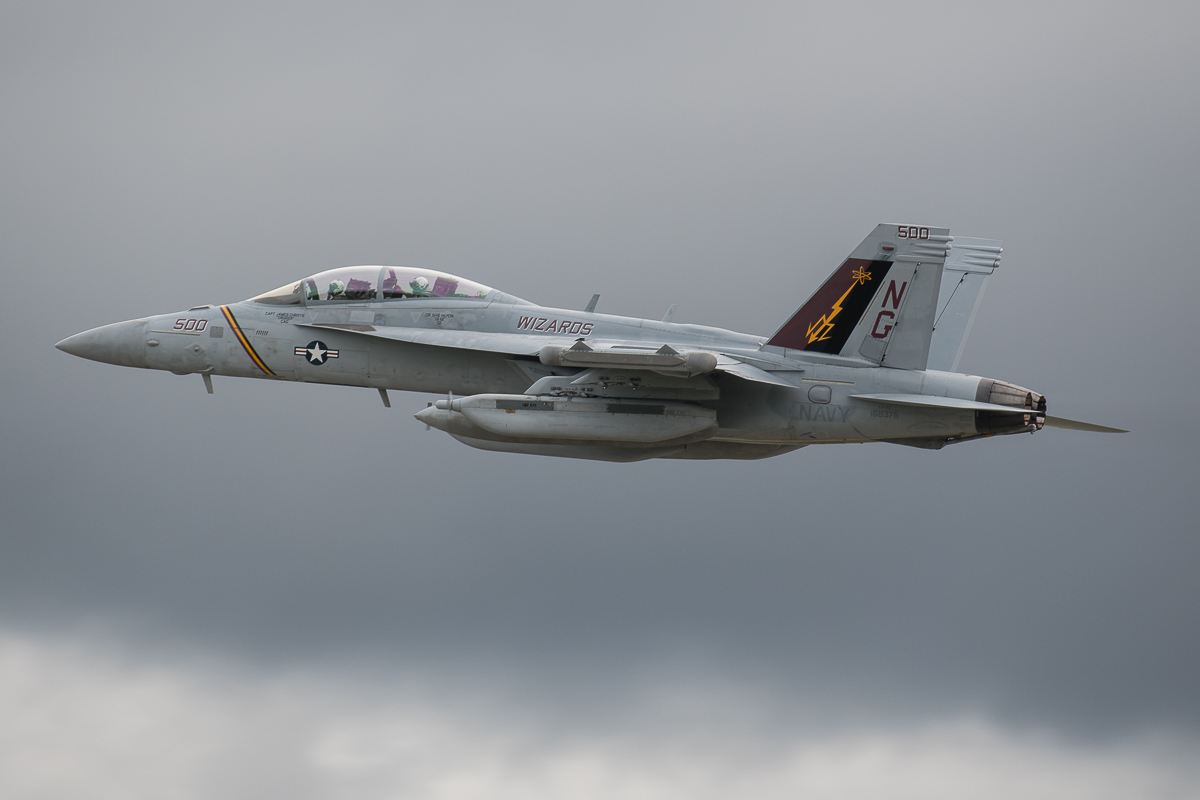
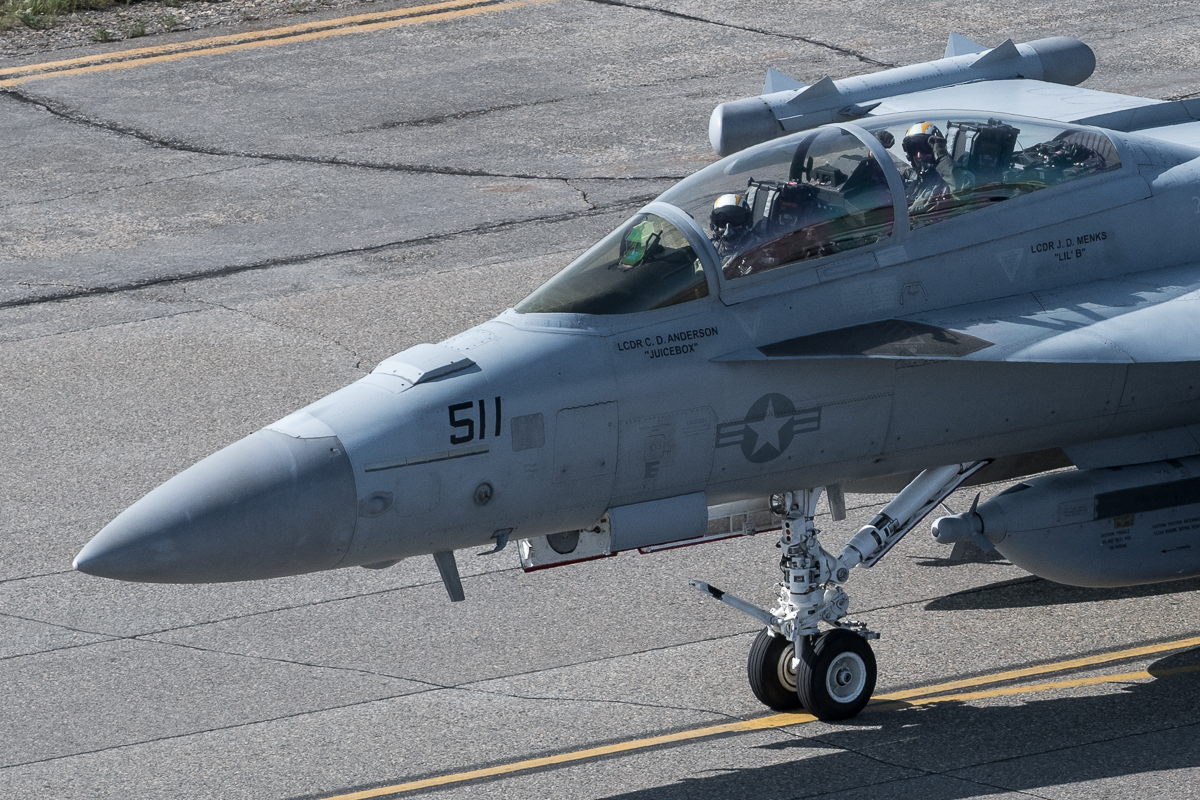
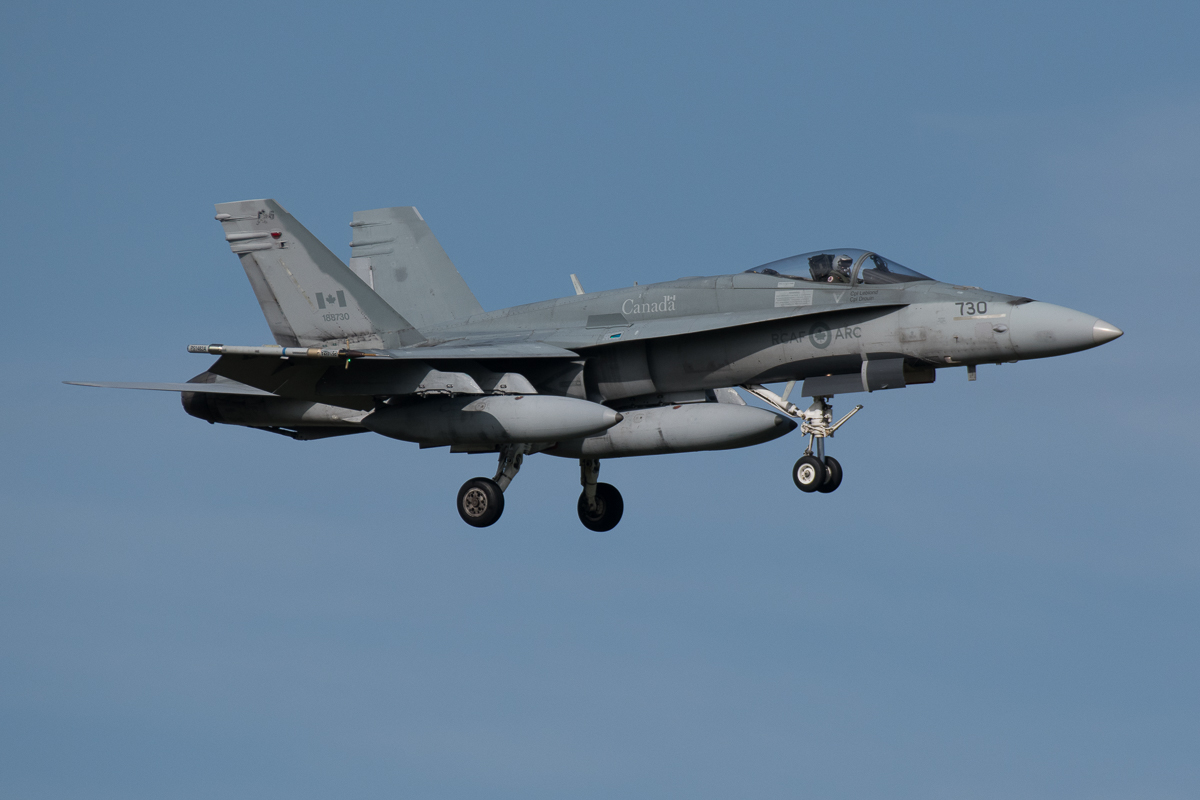
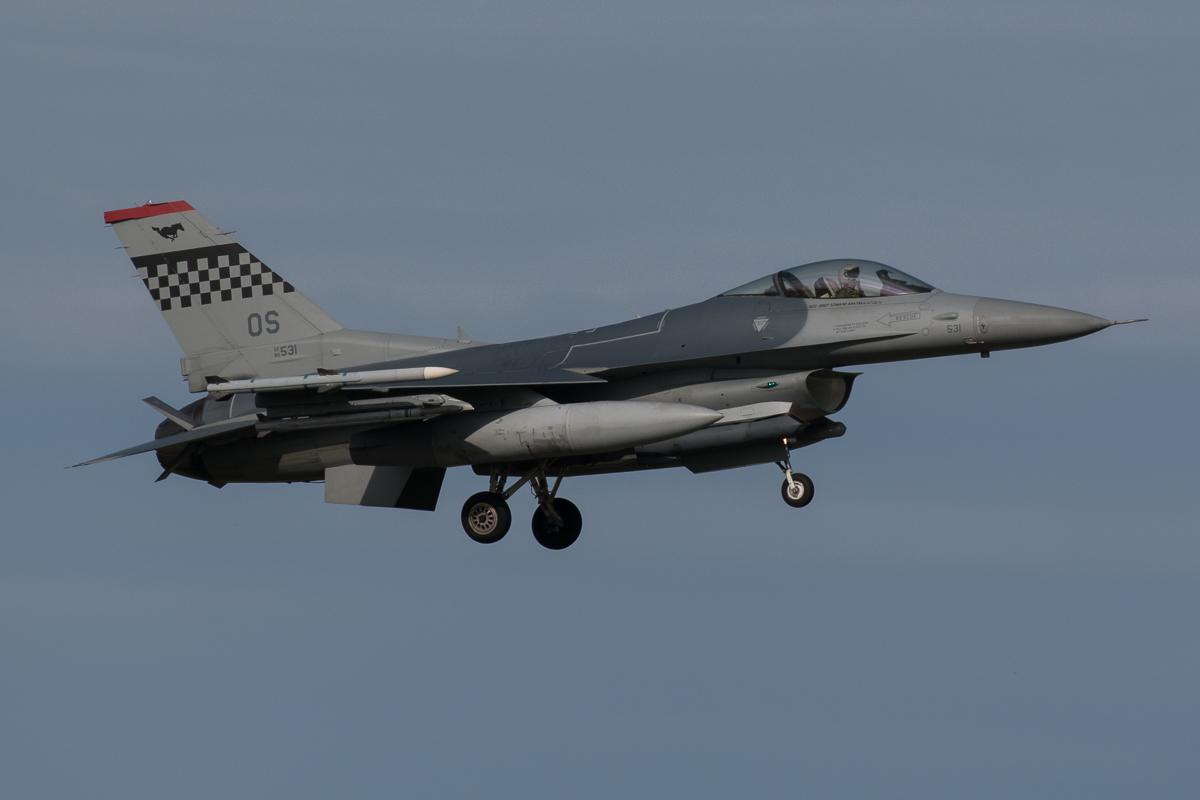
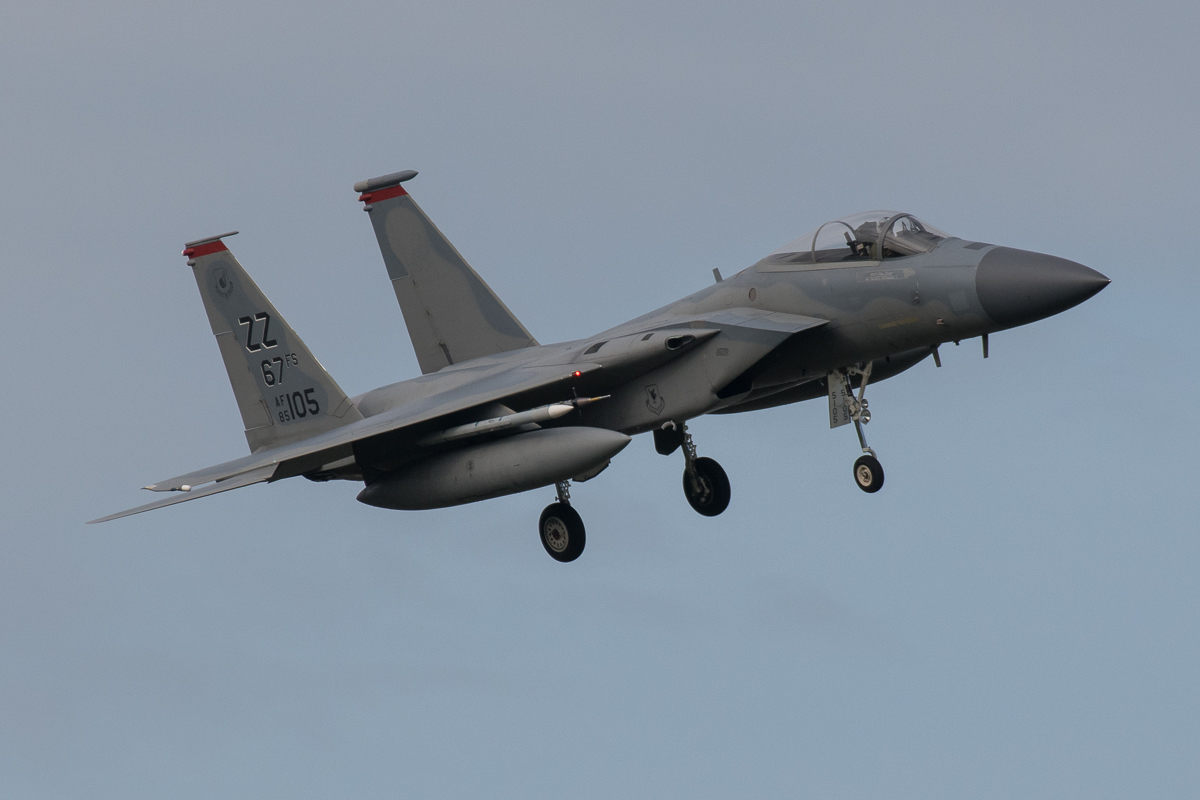
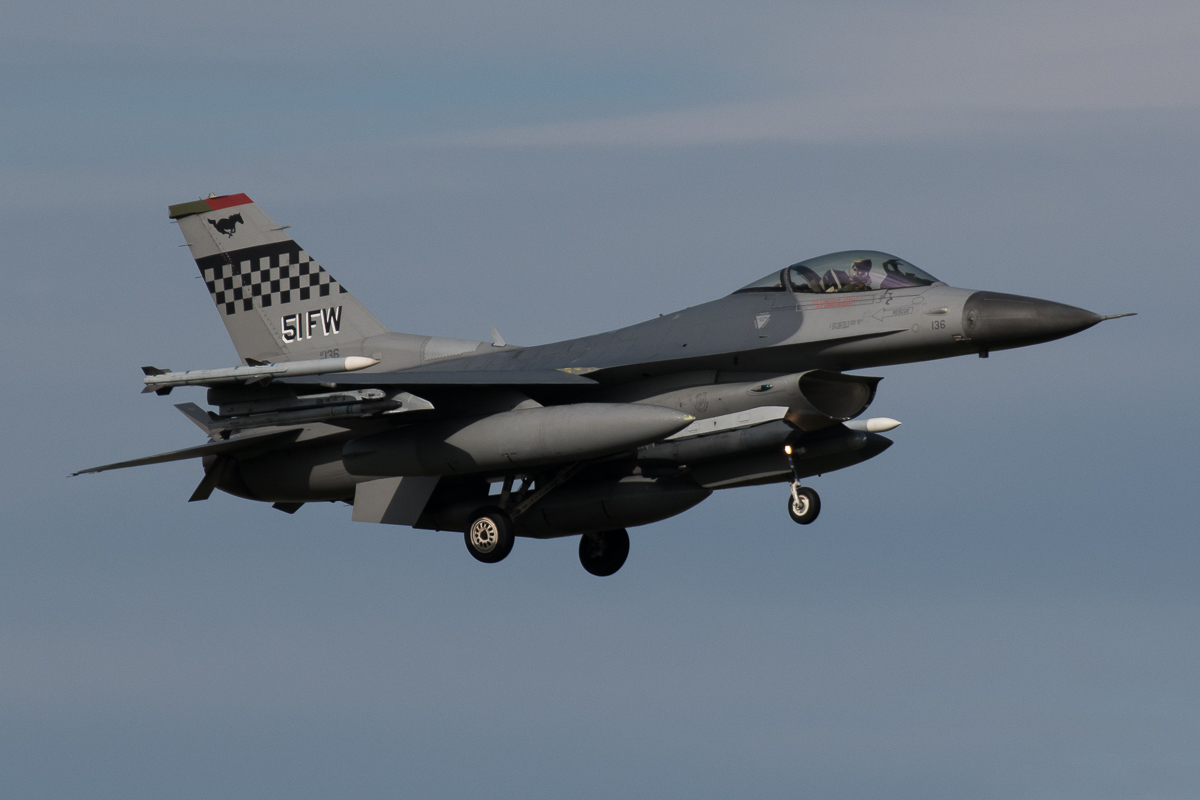
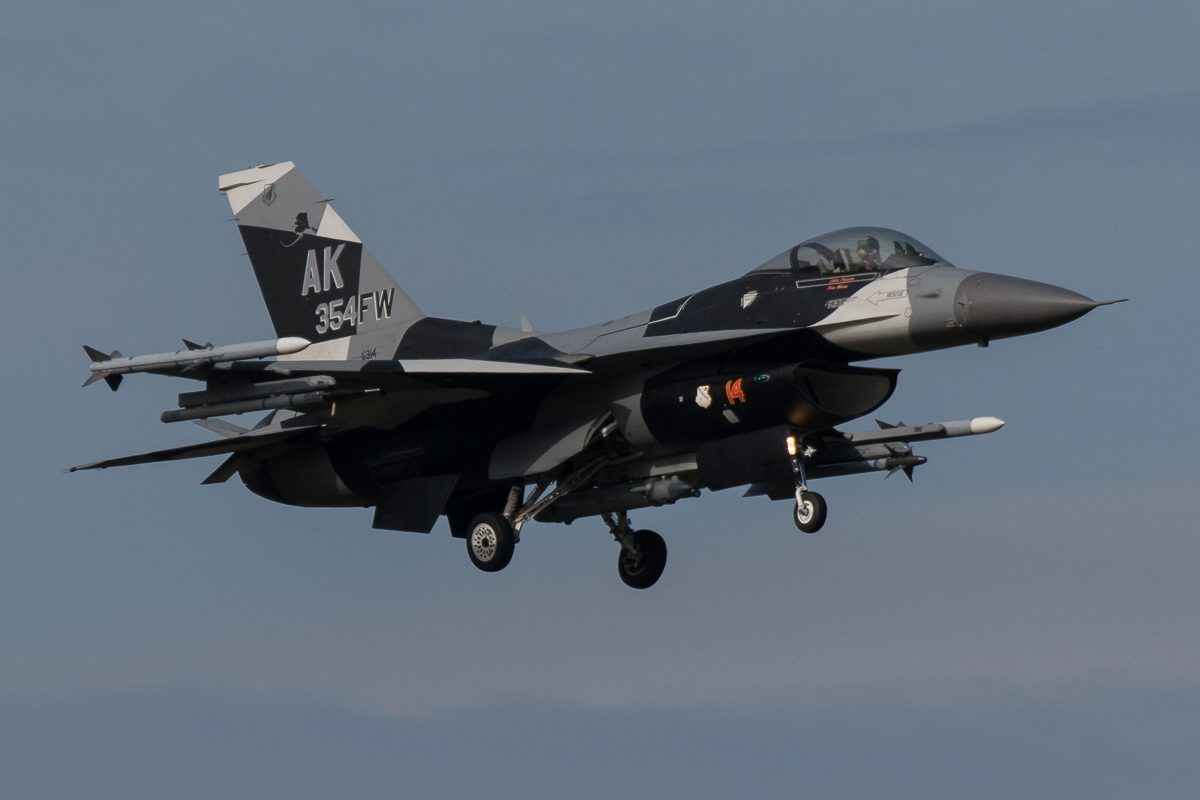
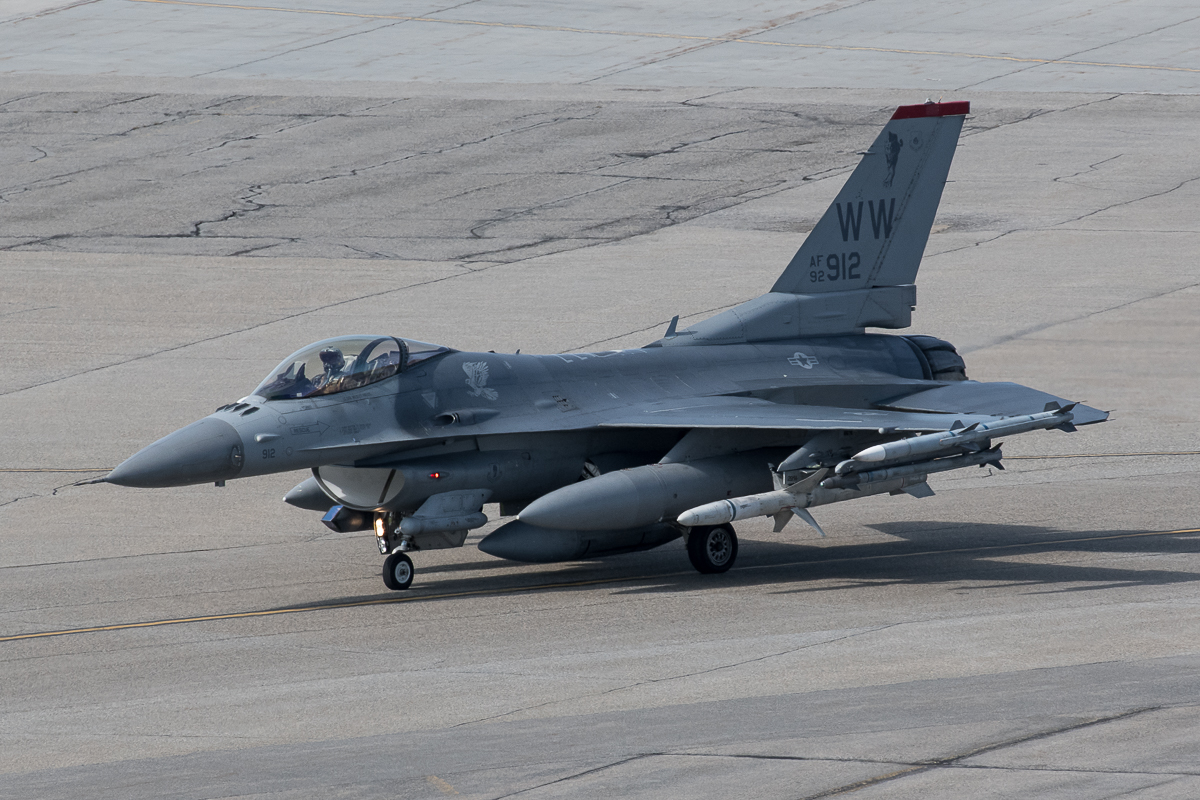
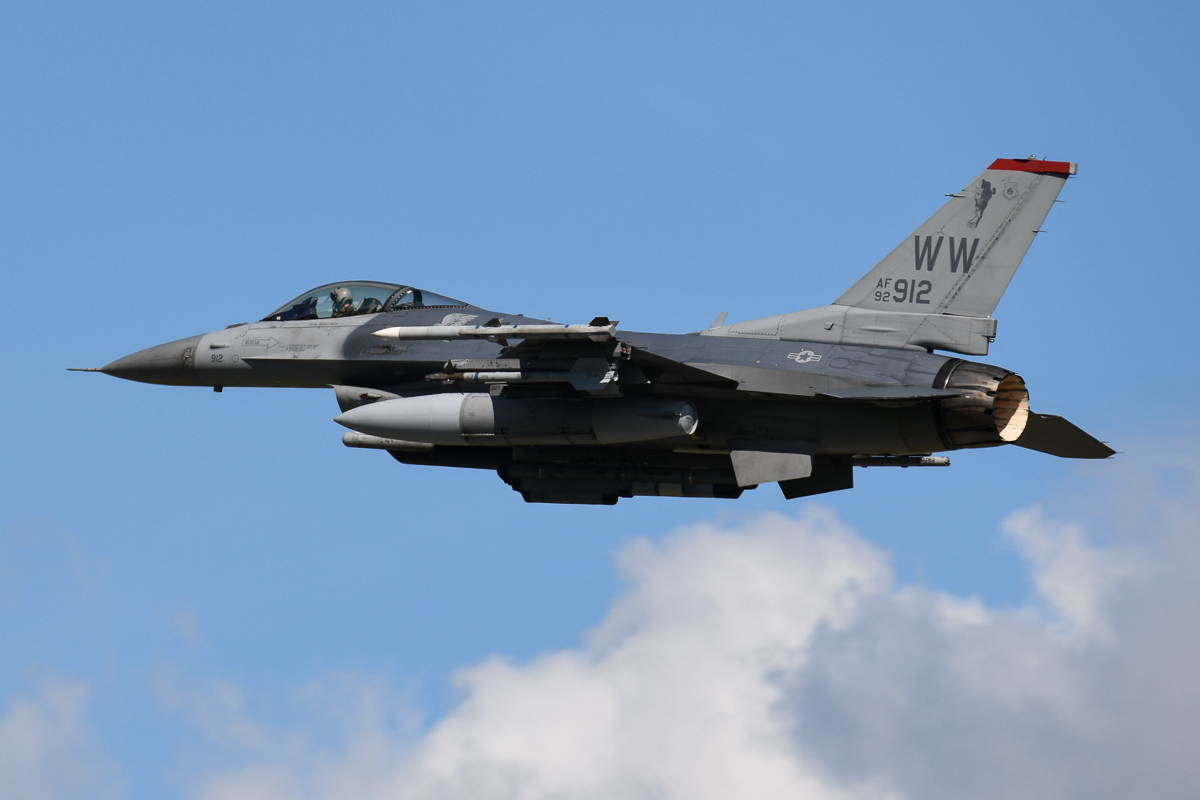
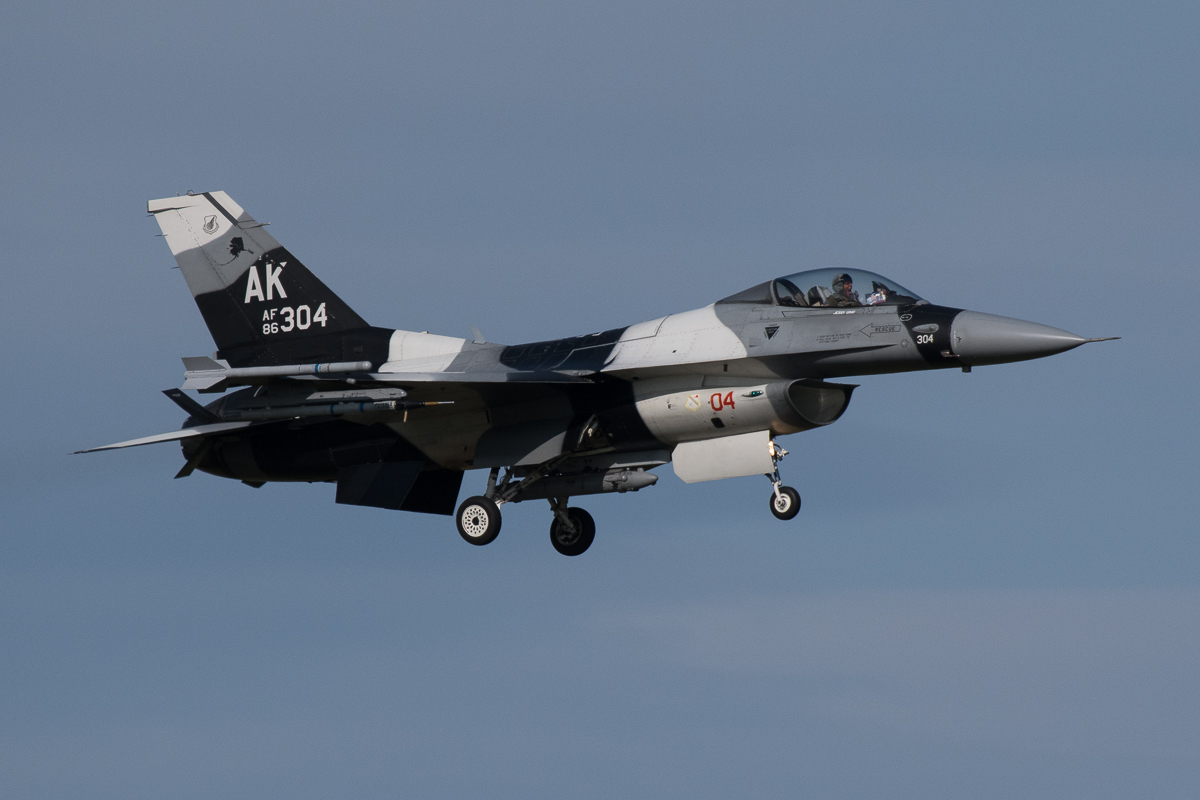
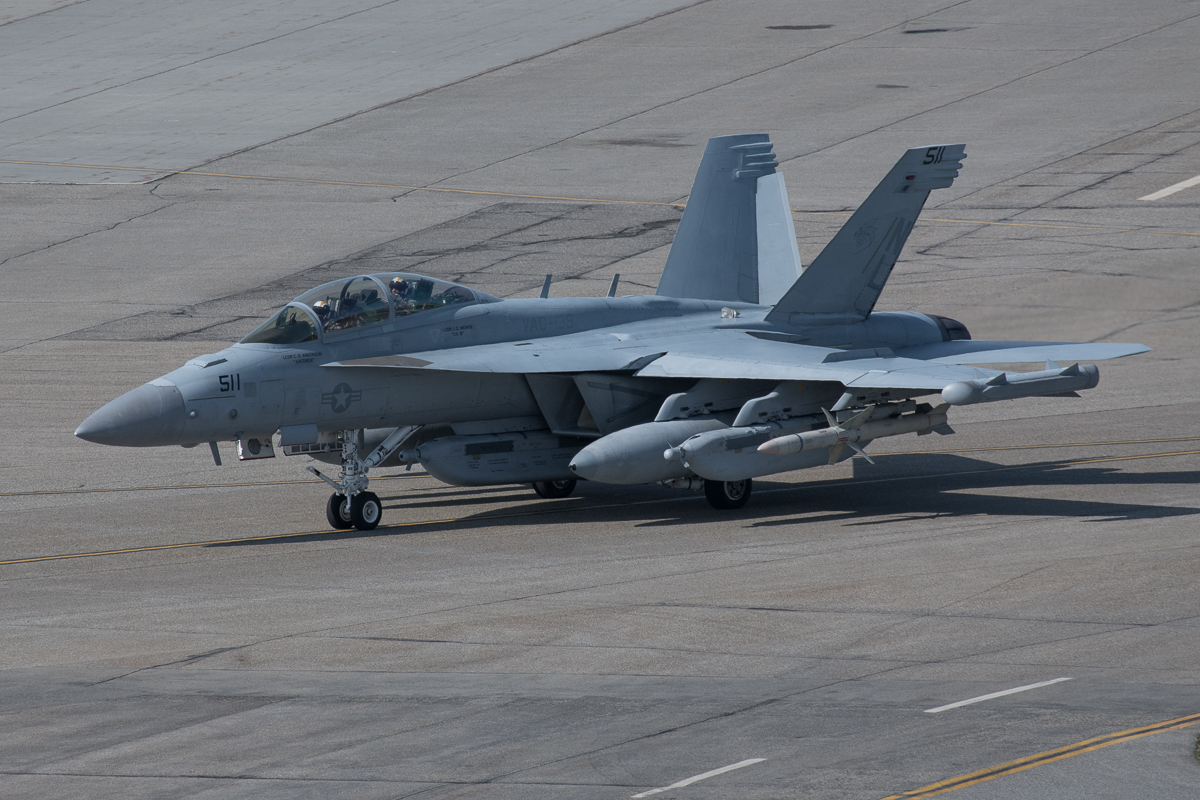
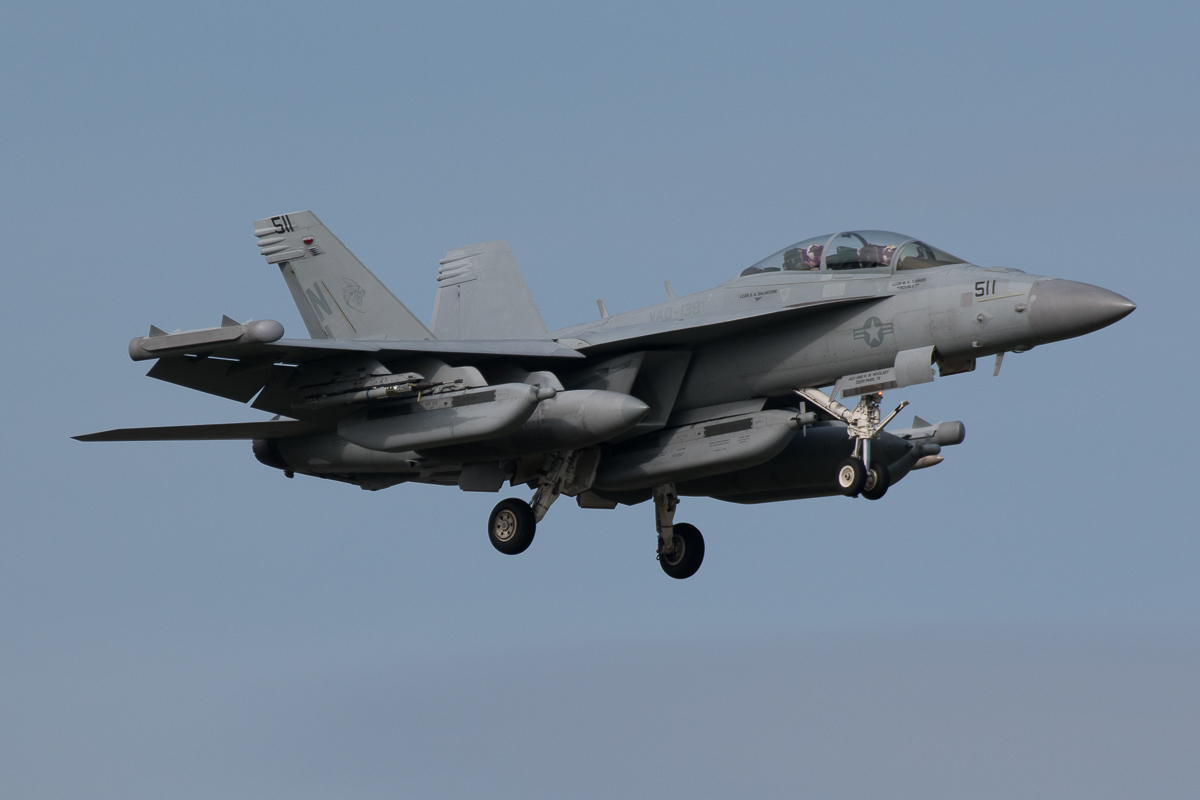
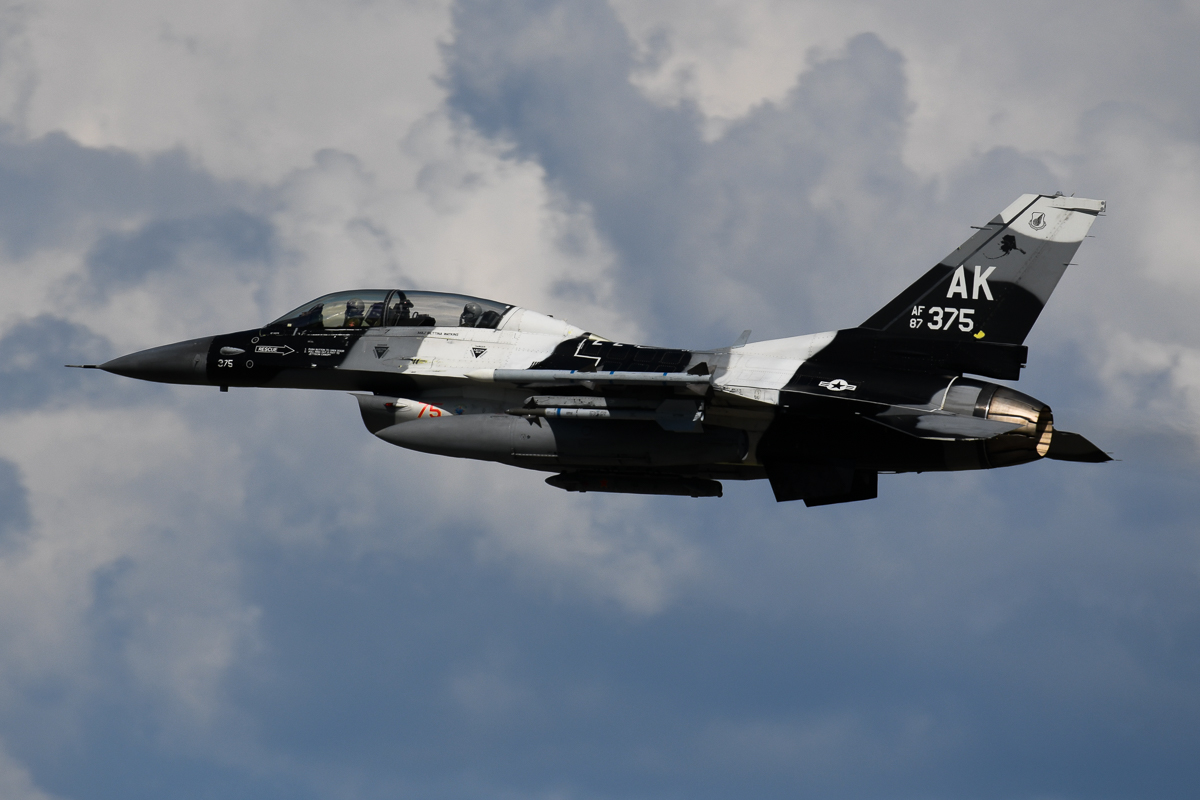
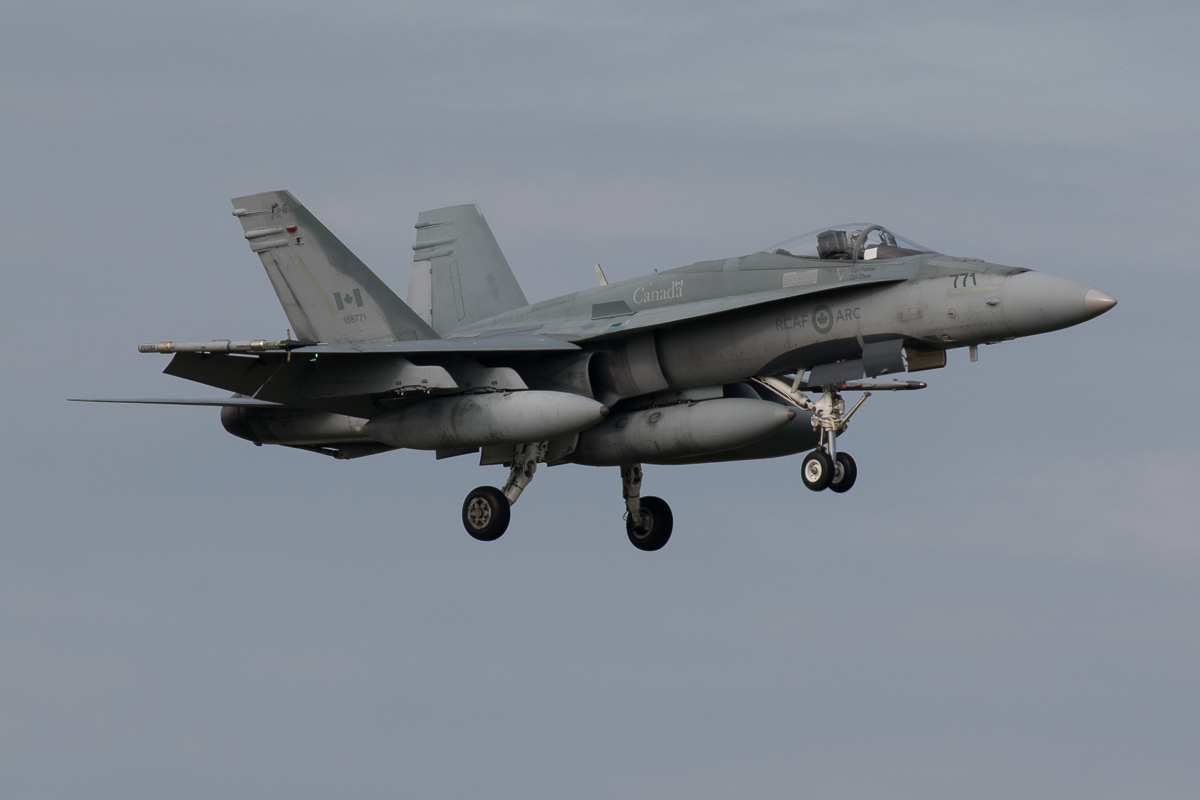
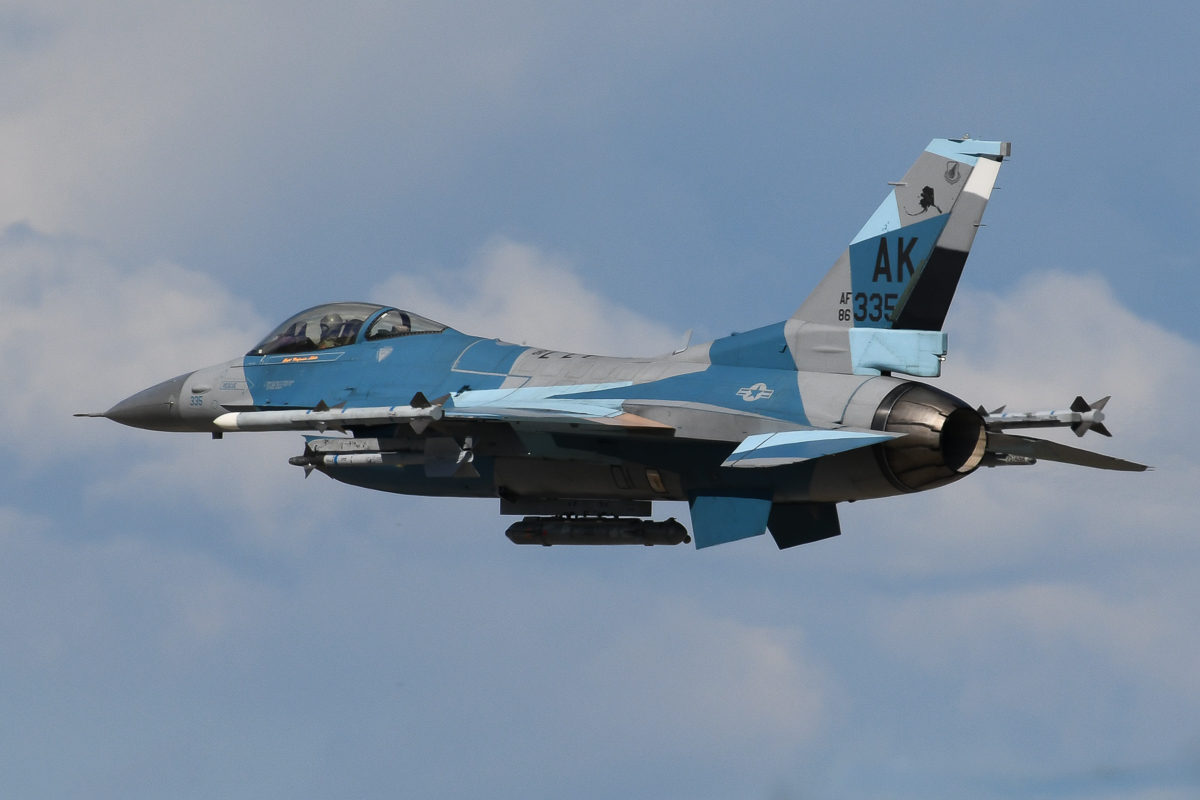
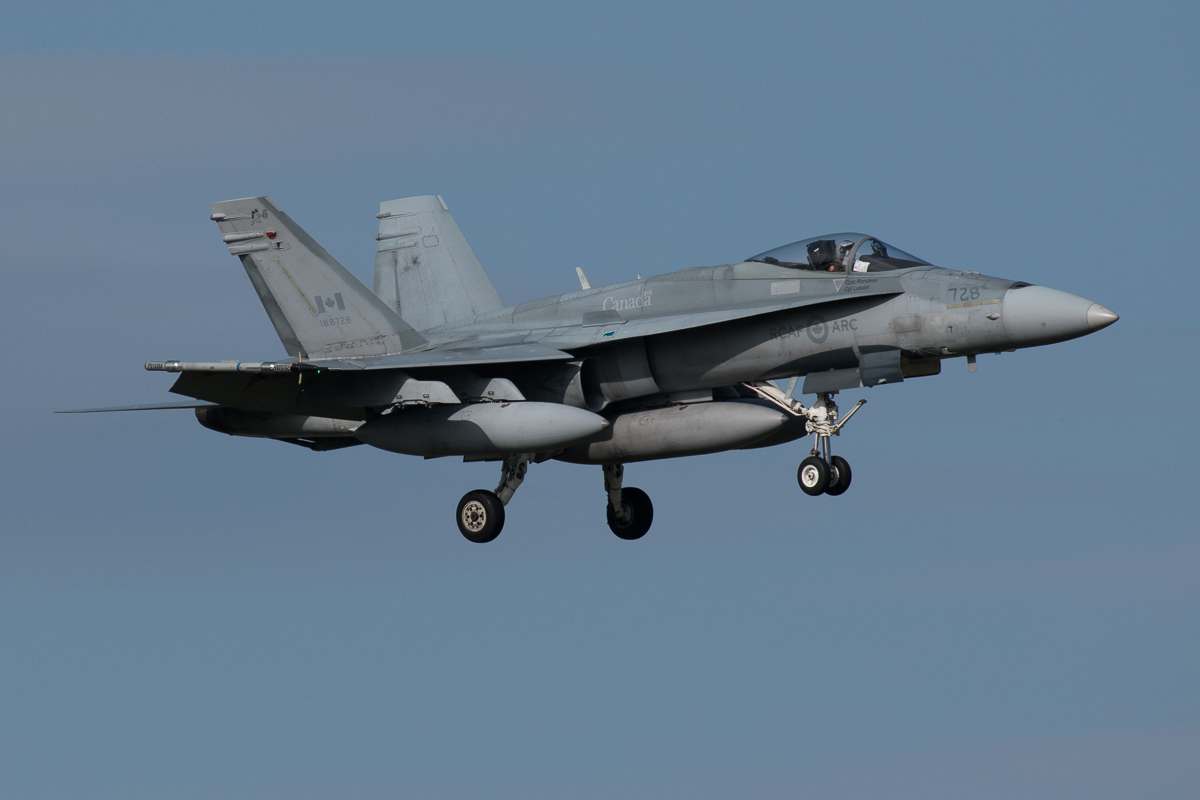
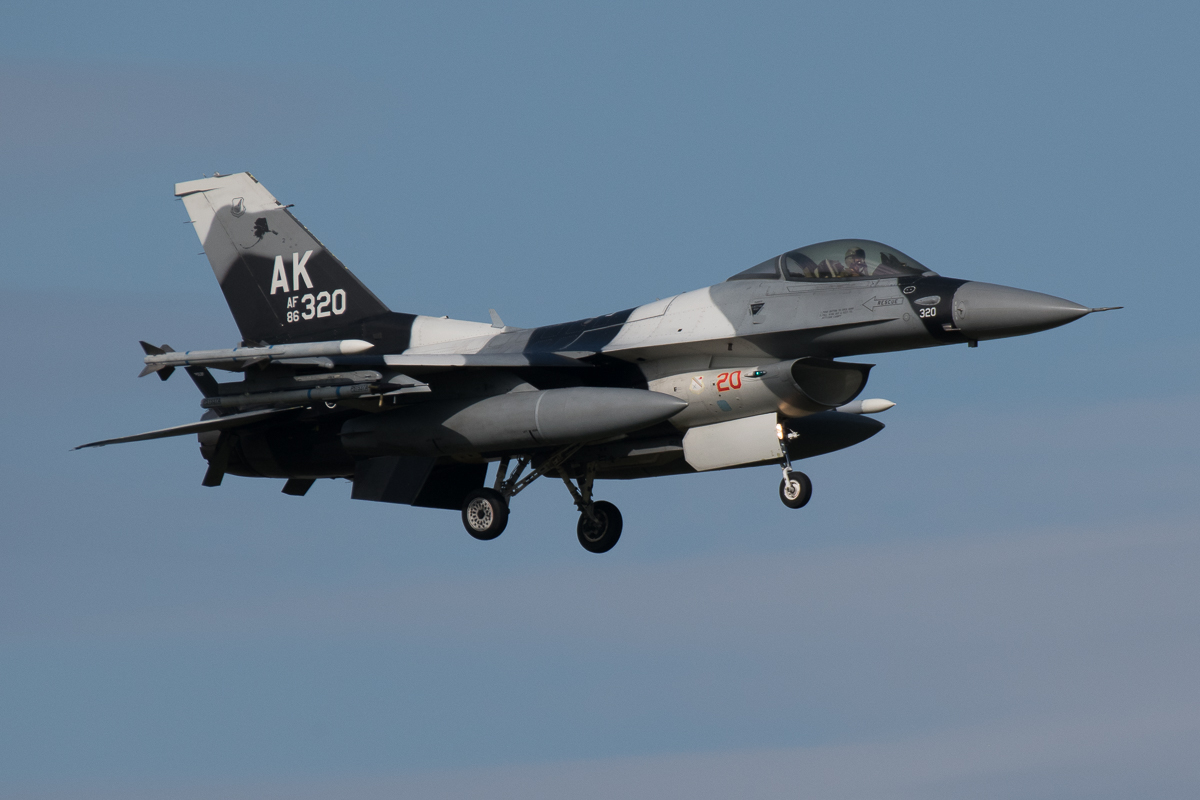
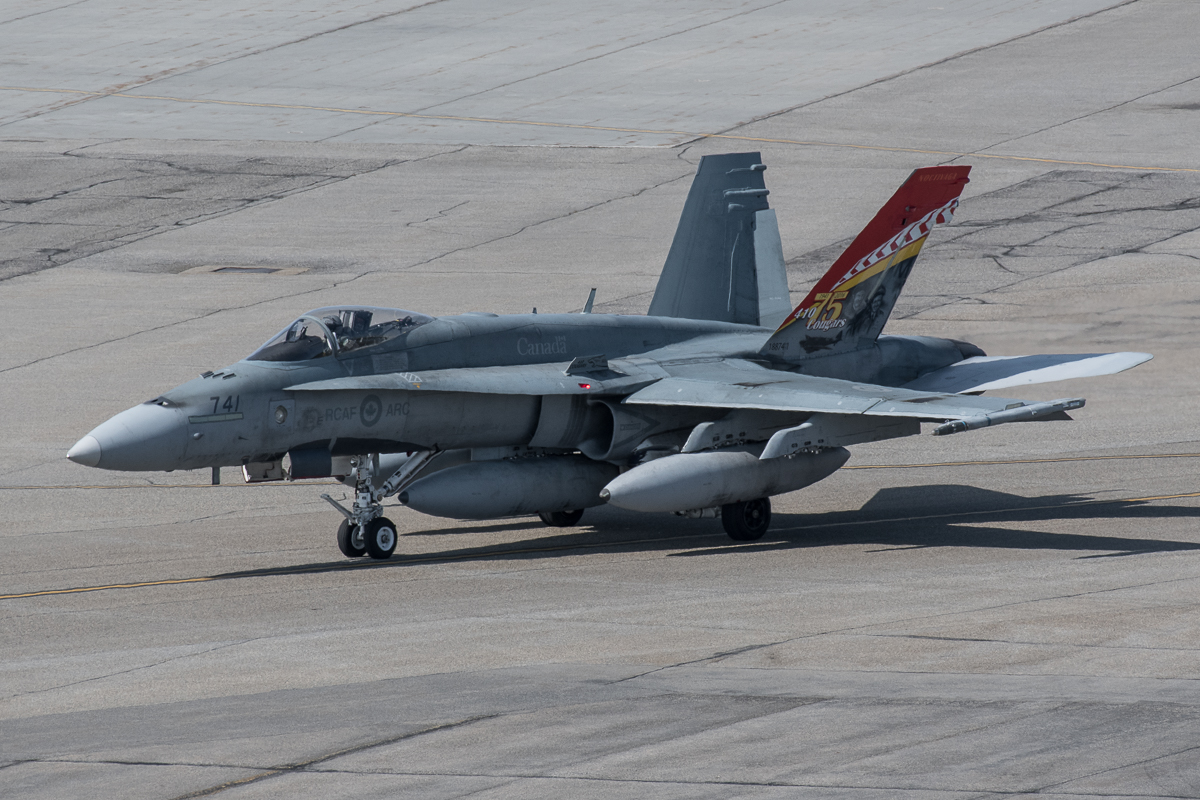
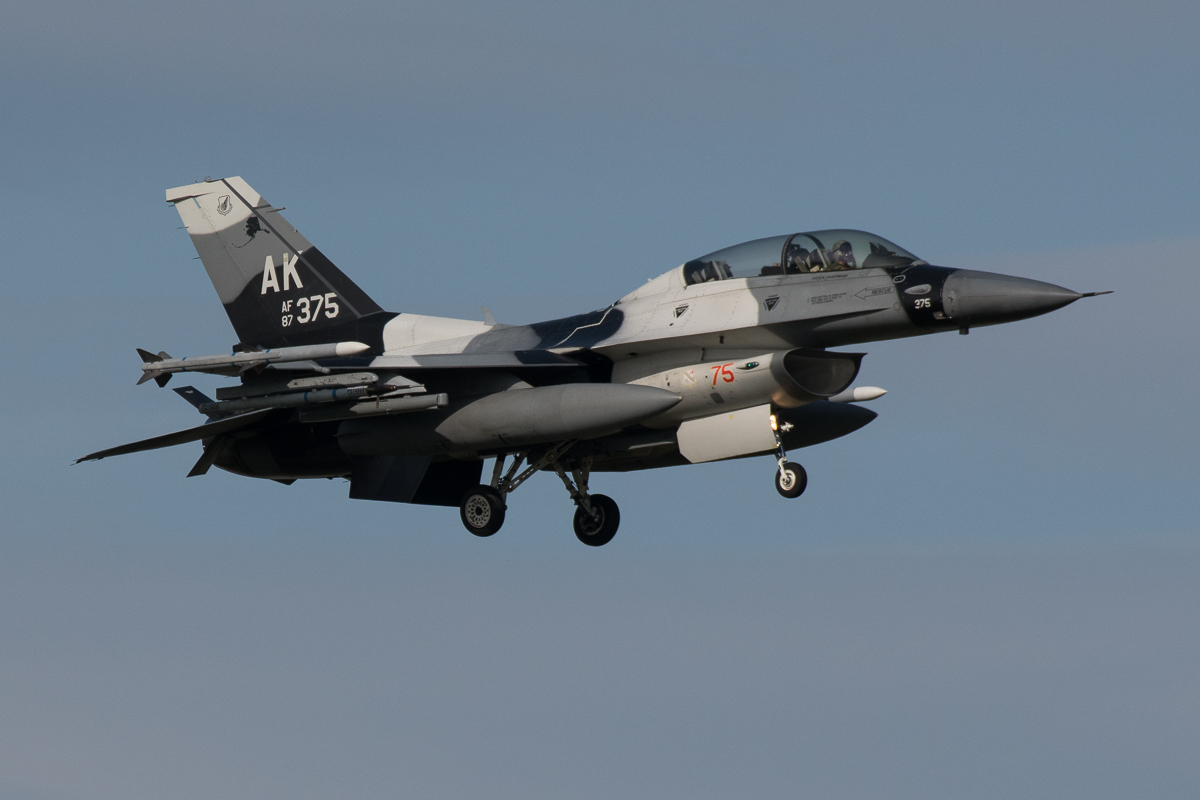
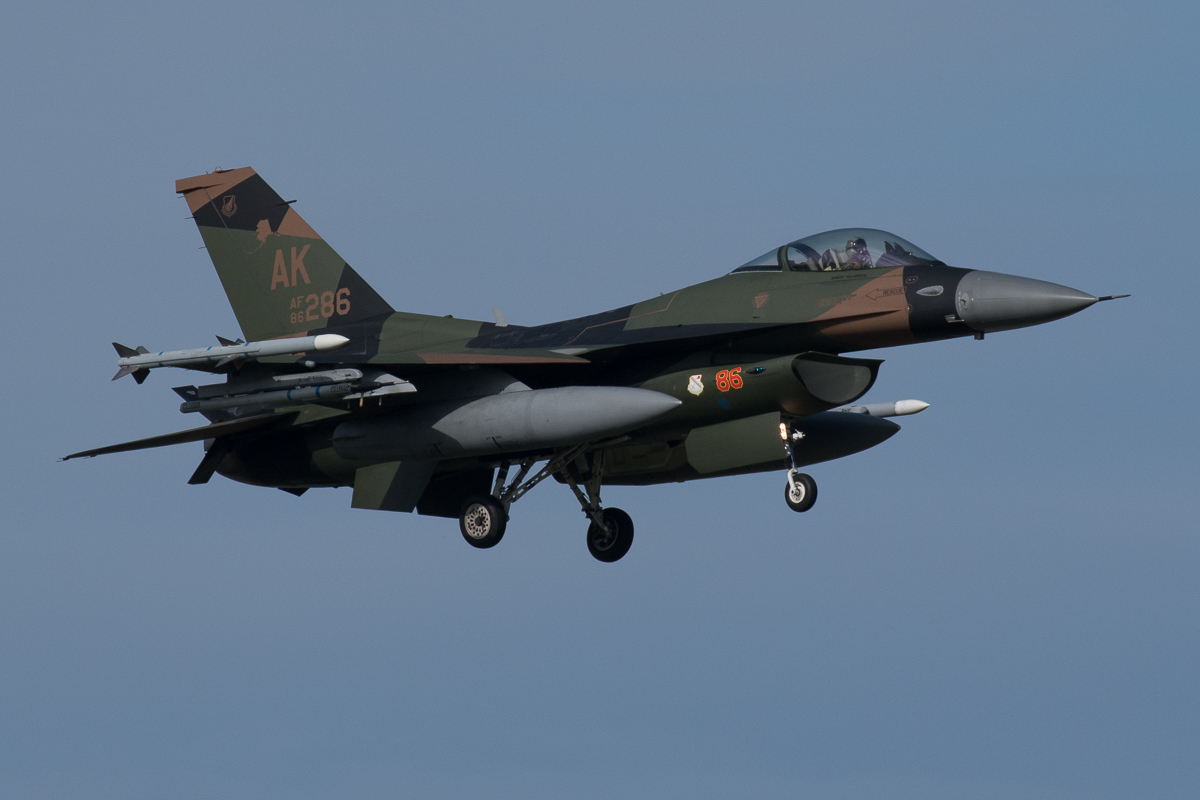
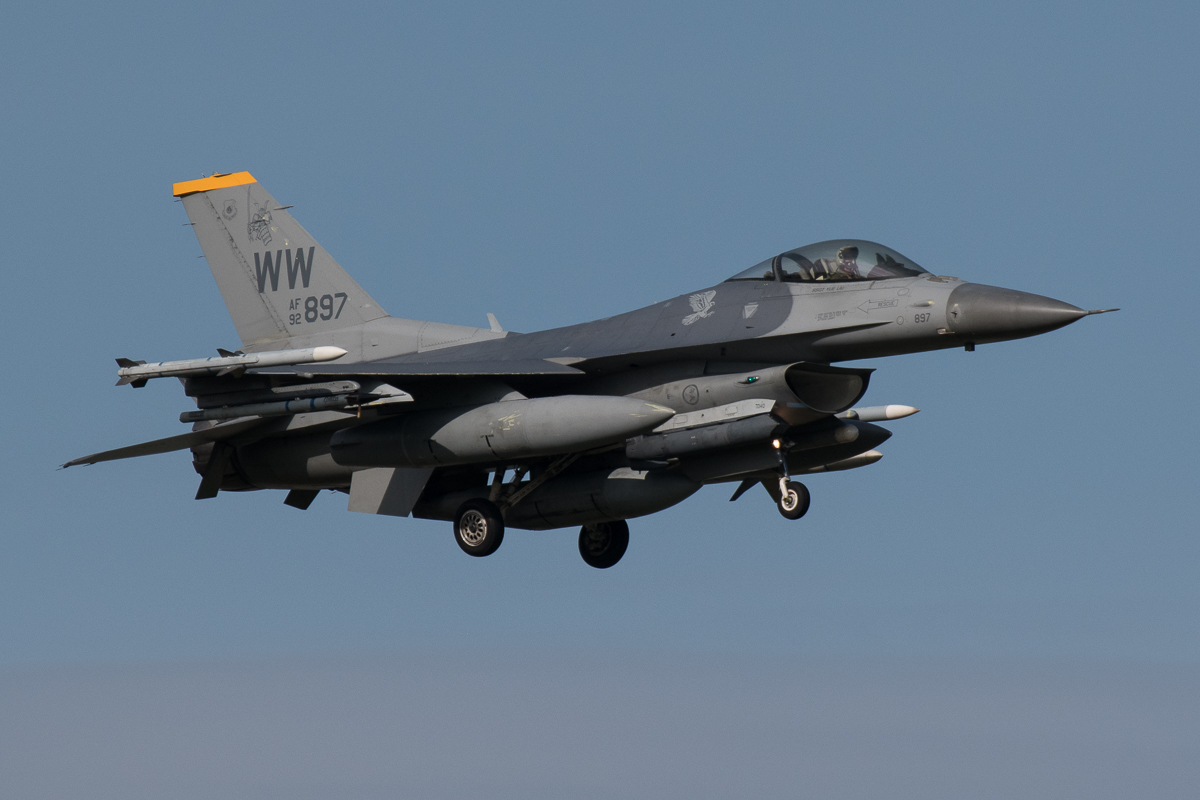
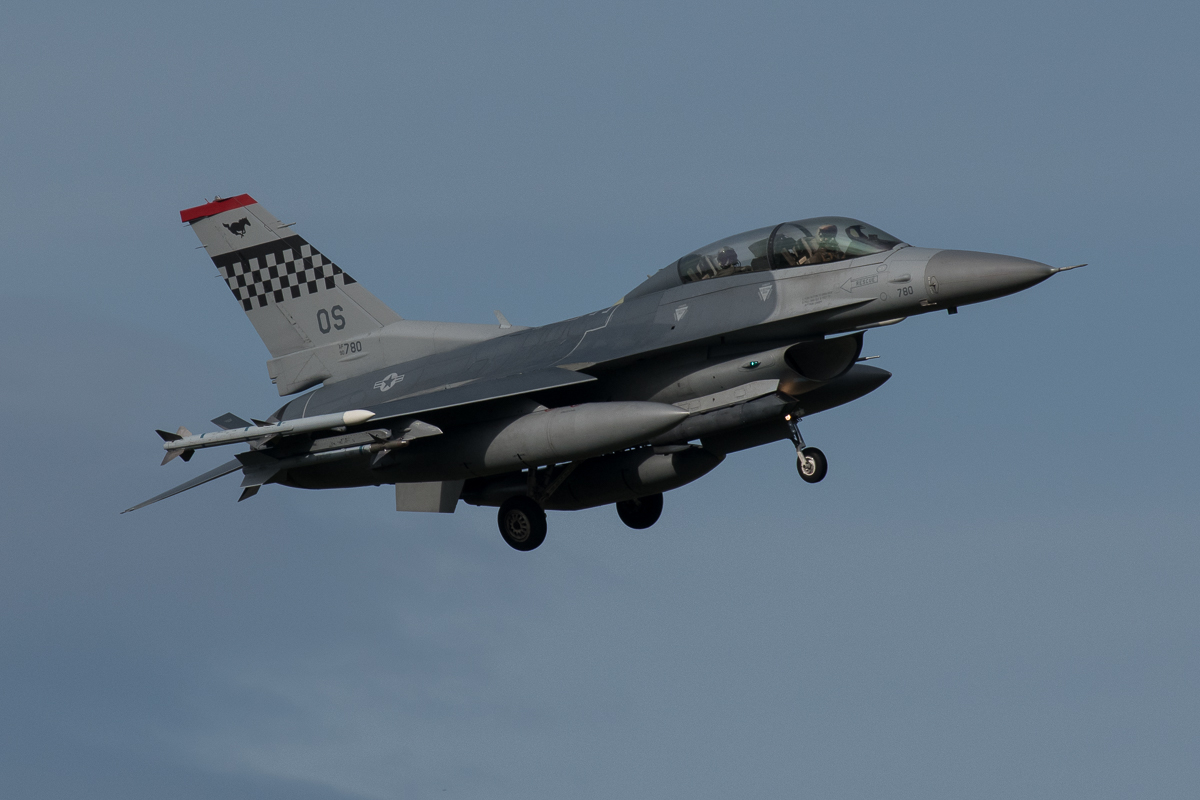
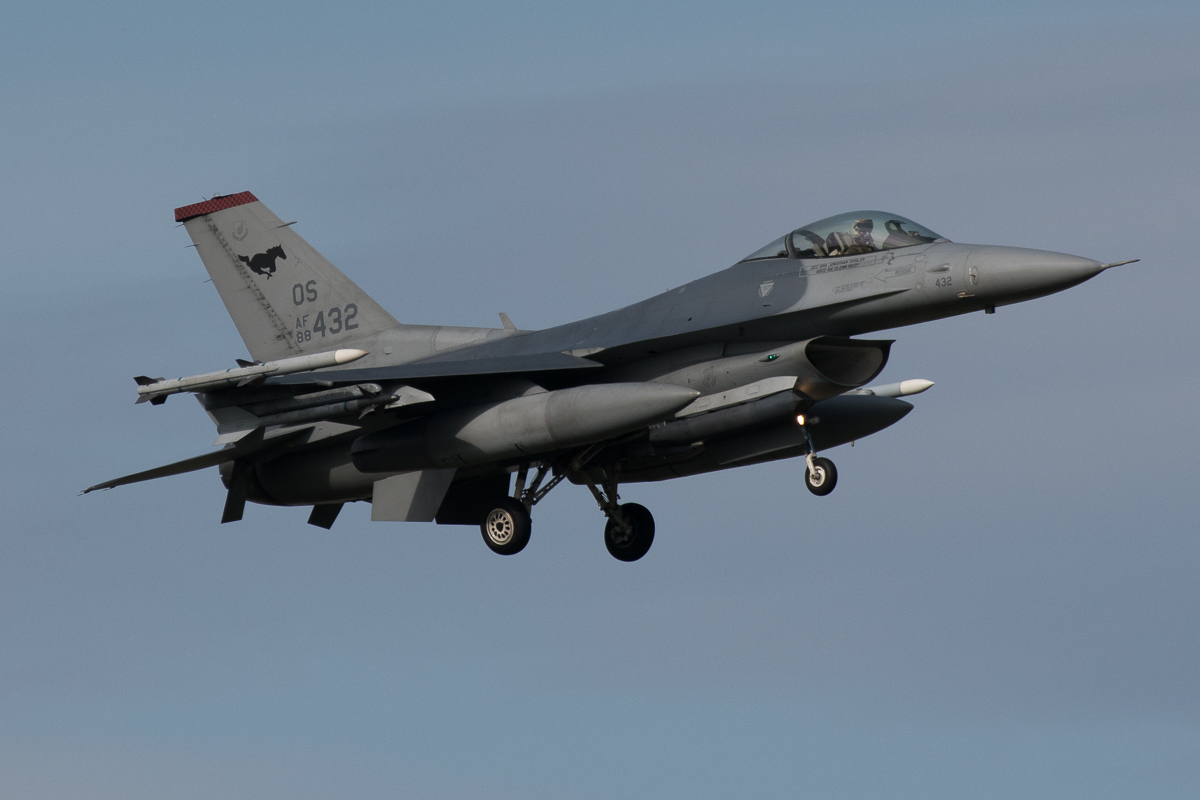
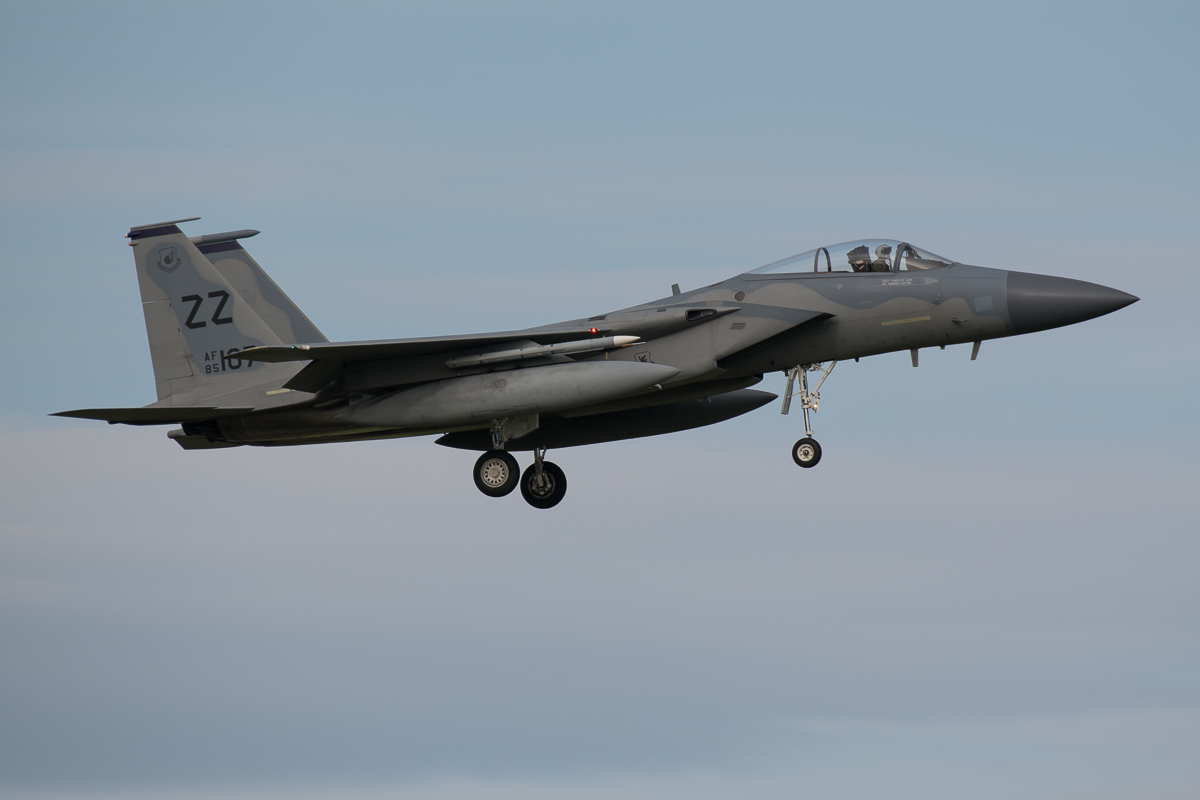
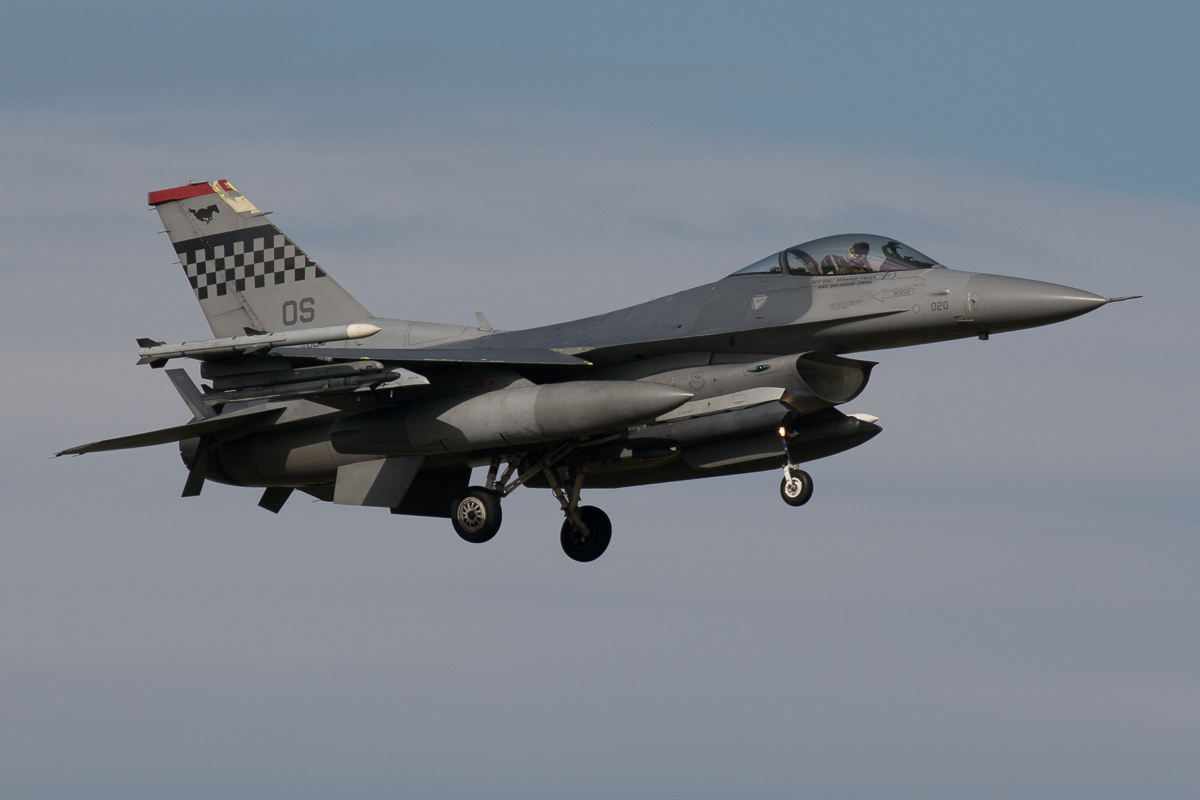
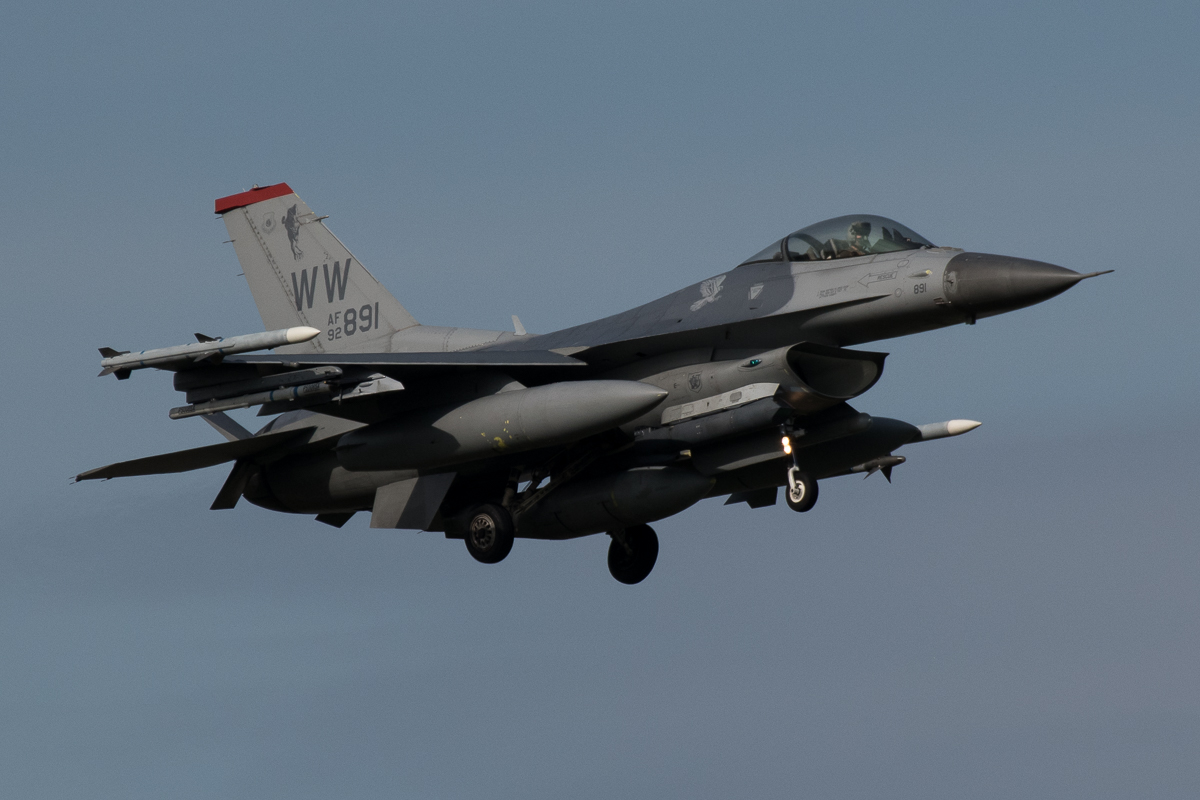
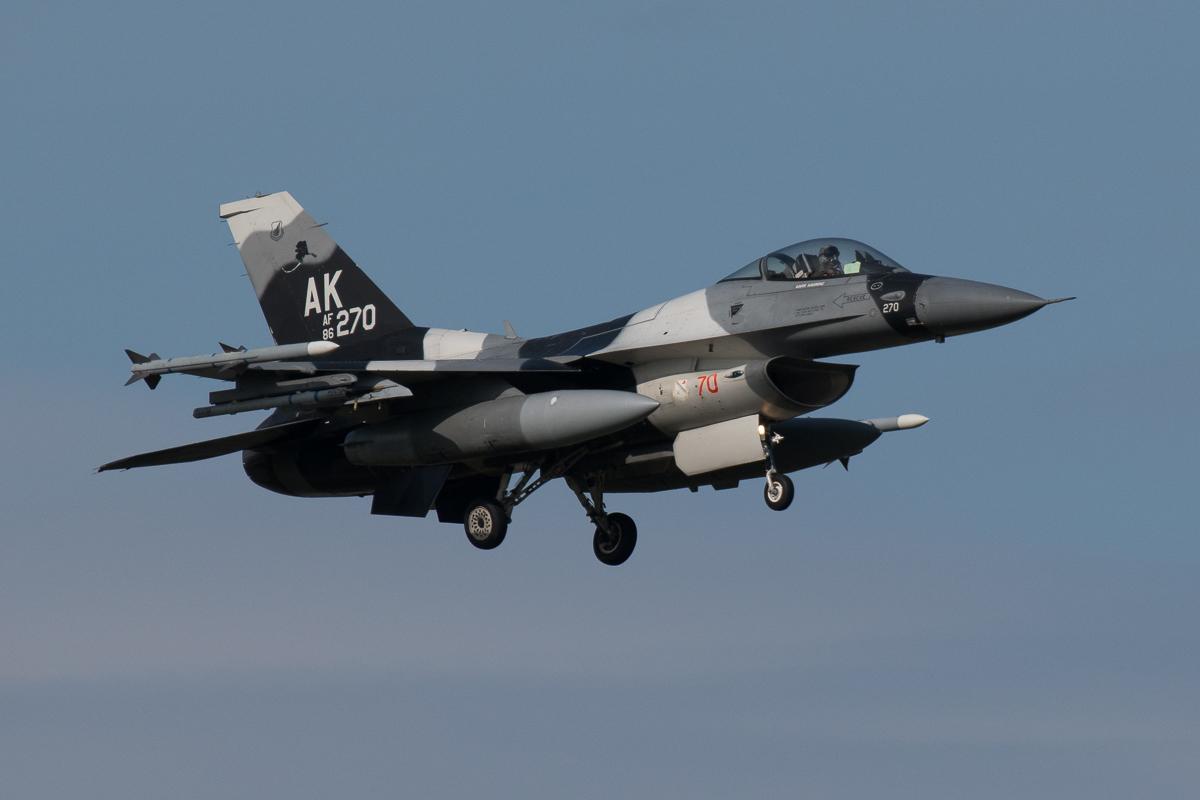
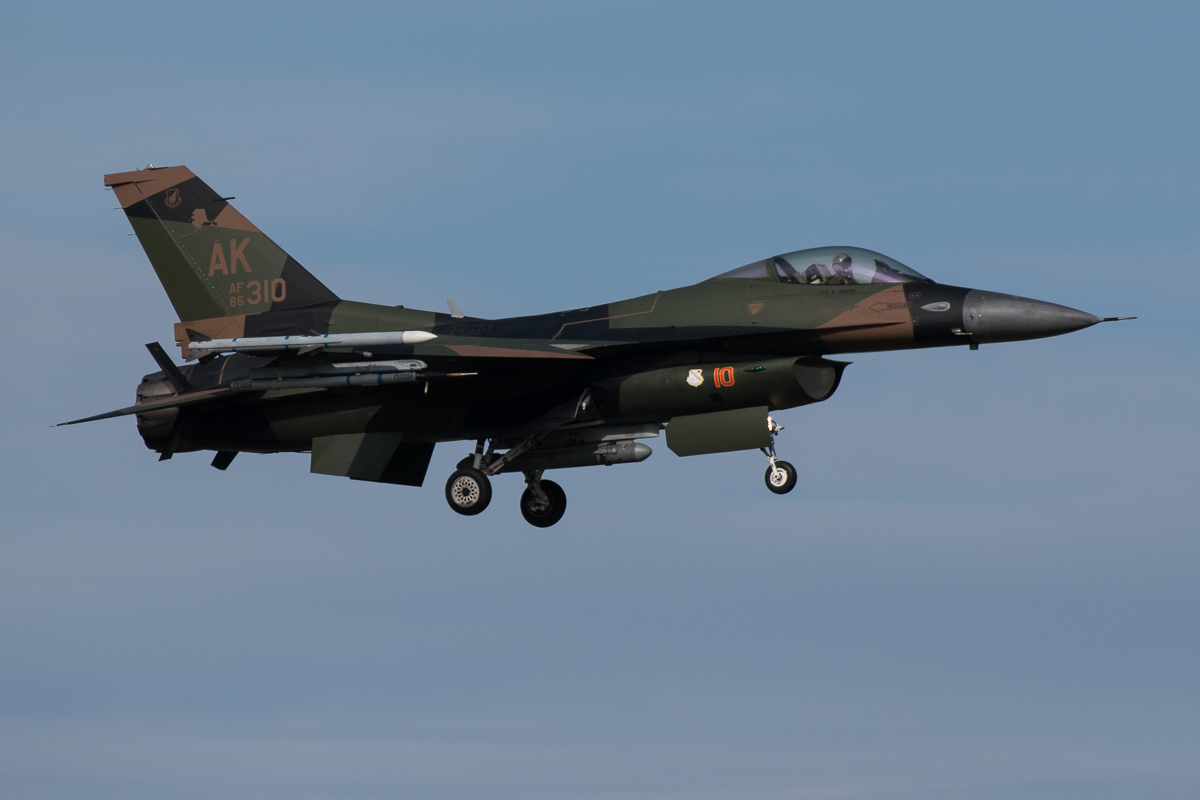
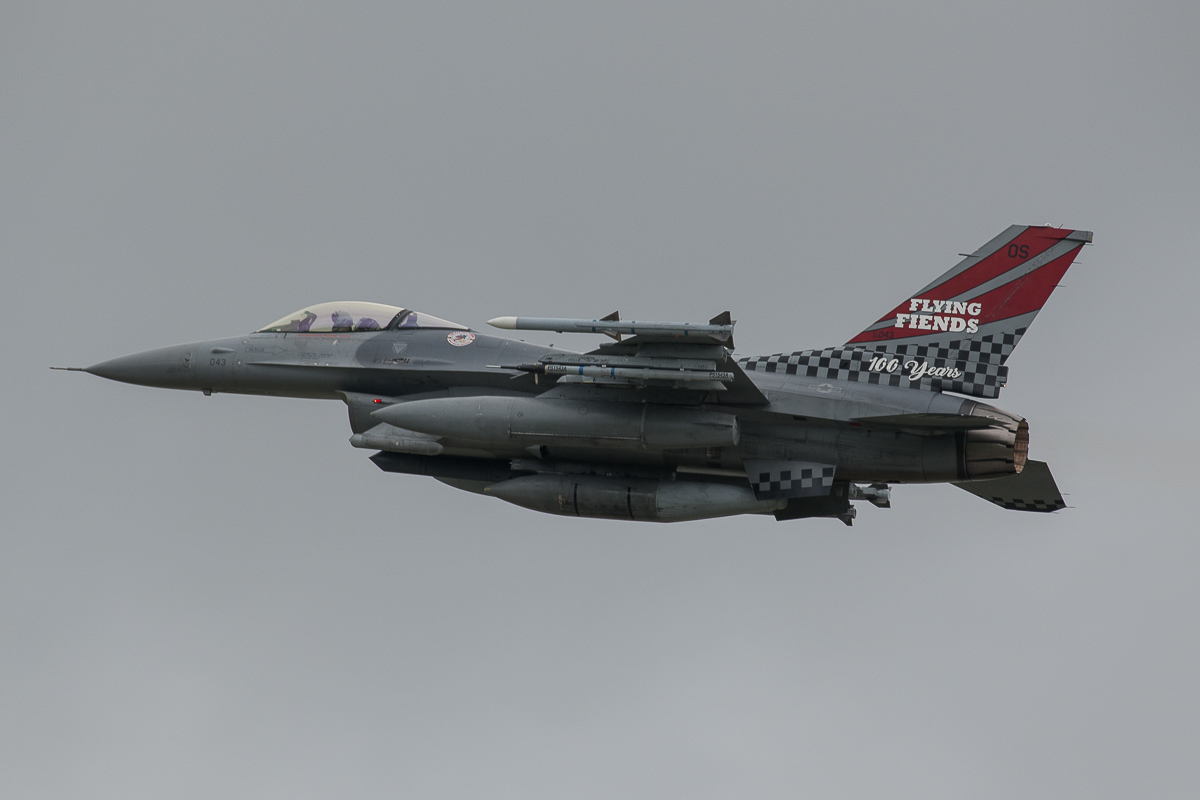
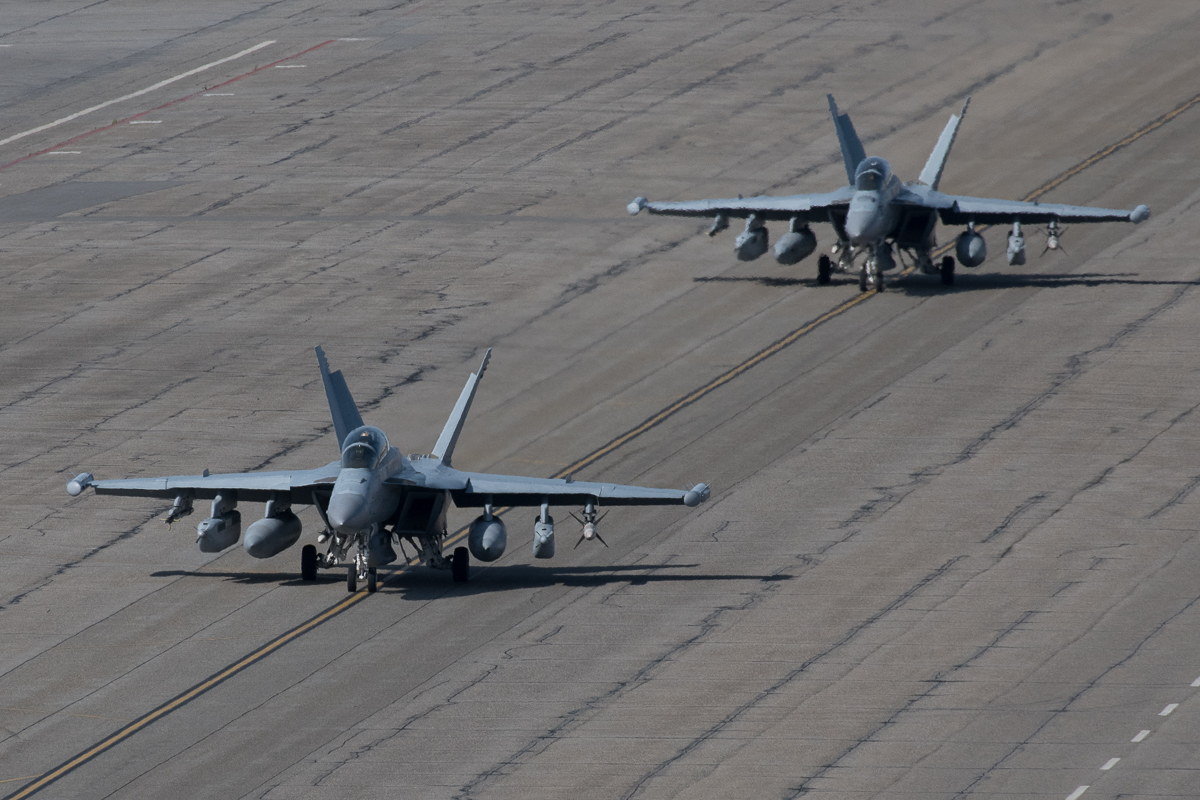
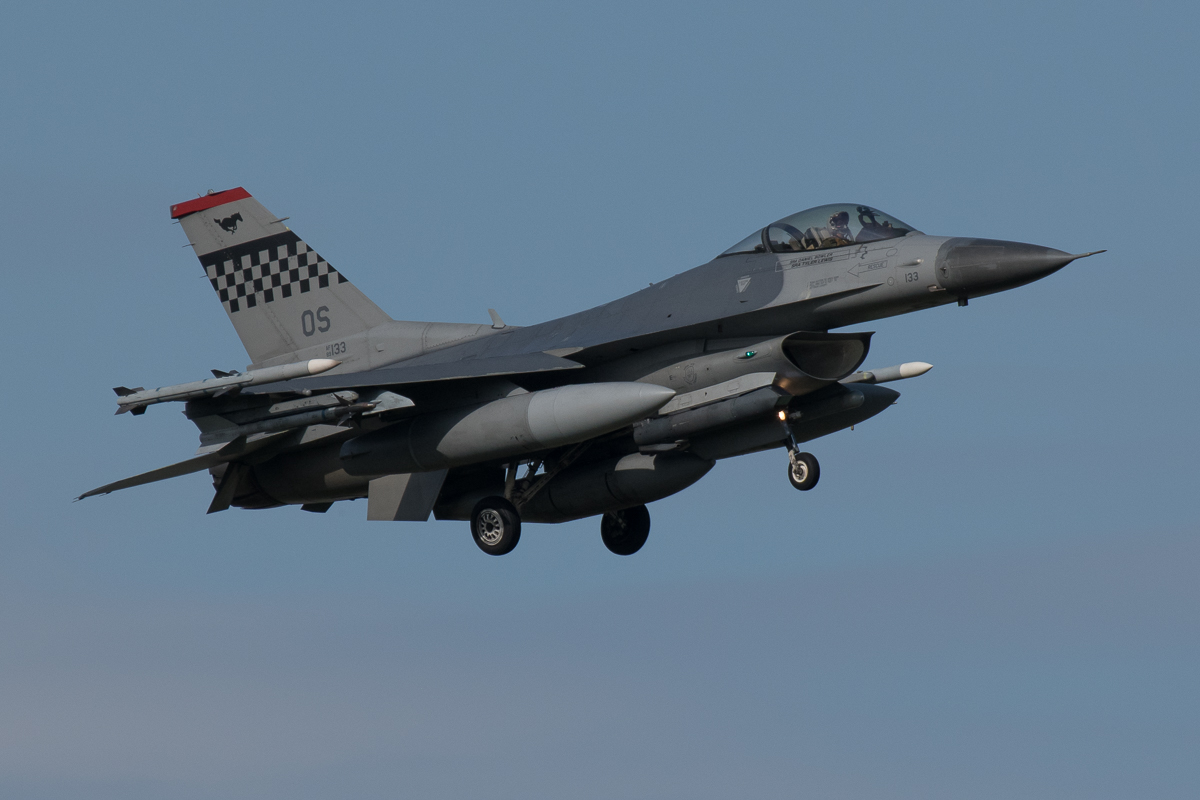

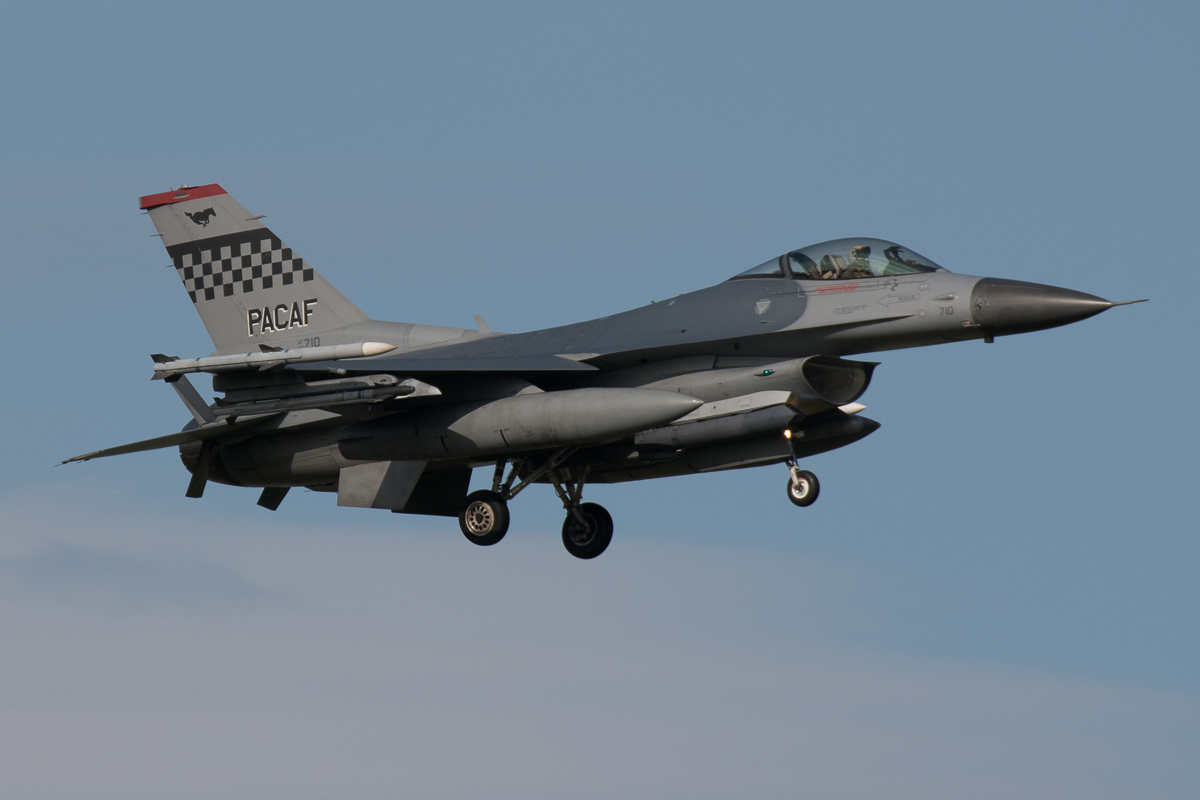
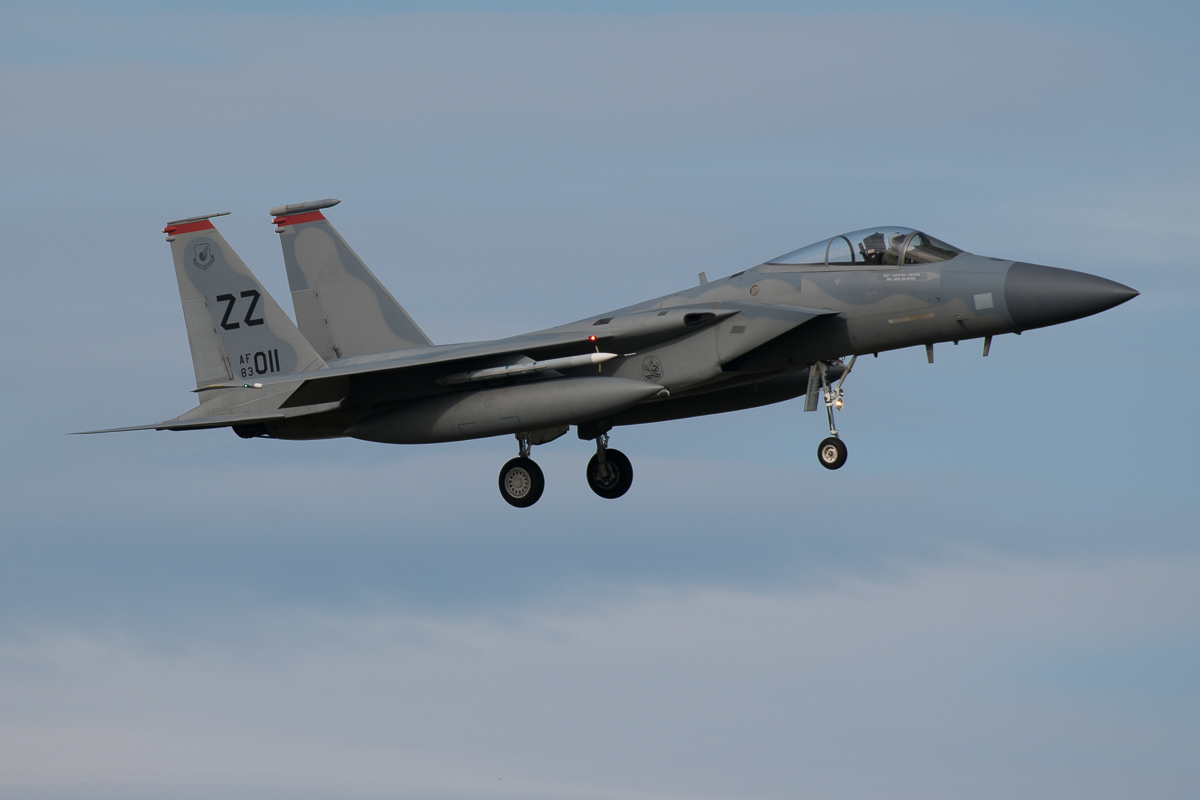
Peter van den Berg is from Coevorden, Netherlands. His love for military aviation began in 1980. The first airbase where he photographed was Soesterberg, Netherlands where the 32 TFS was stationed with the F-15. After photographing many military exercises in Europe over the years, Peter decided to spend the last 15 years visiting Asia and the USA. He regularly writes books for Veldhuis Media Group. Peter has written books about NAS Fallon, Red Flag and the Japanese Airforce.
In addition to publishing books, Peter is working as a teacher for senior secondary vocational education.
Peter uses Nikon equipment.
Peter can be reached at: [email protected]


